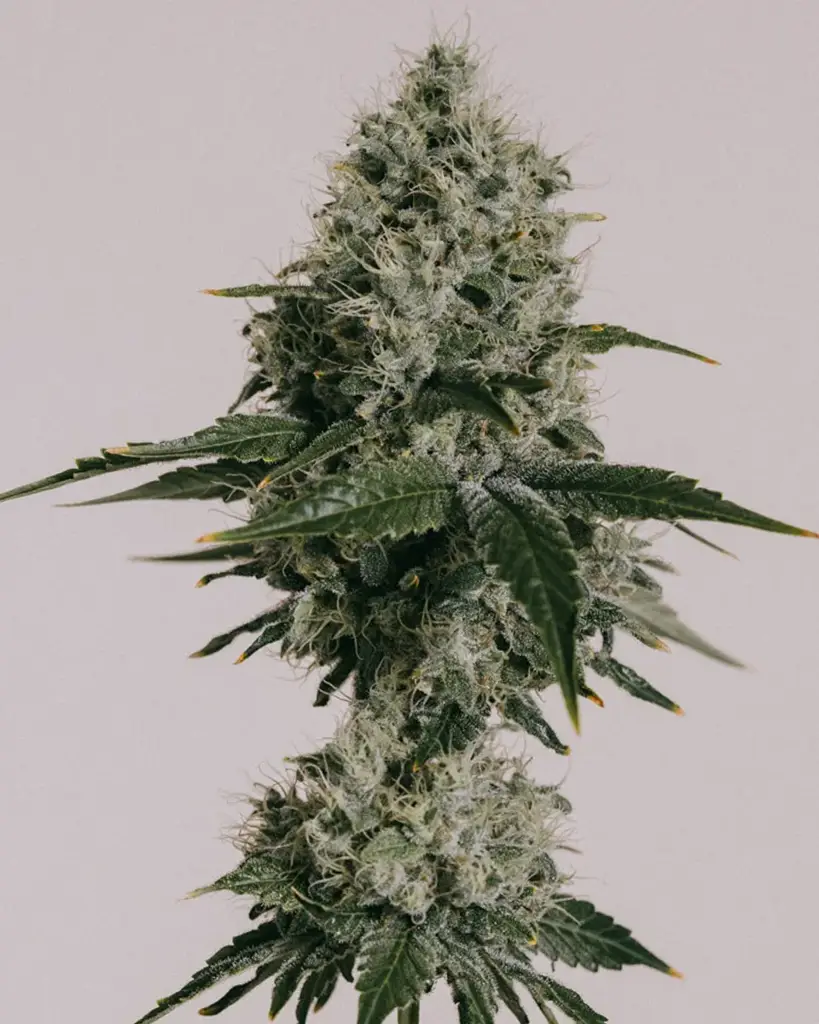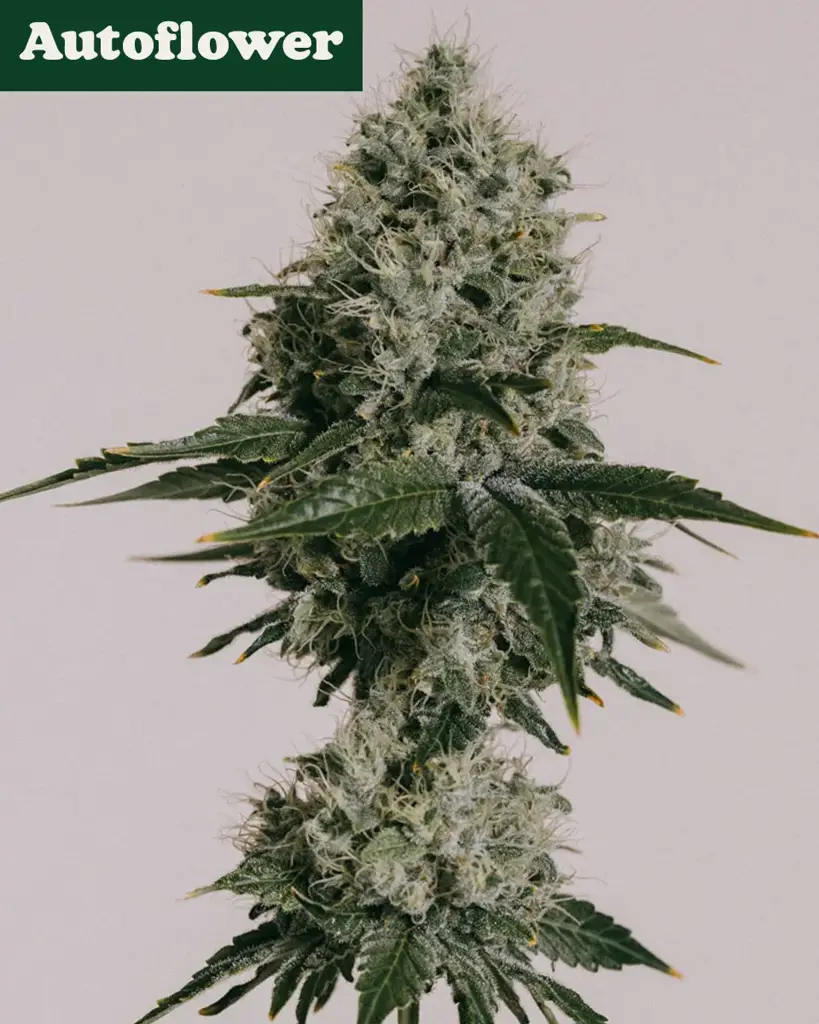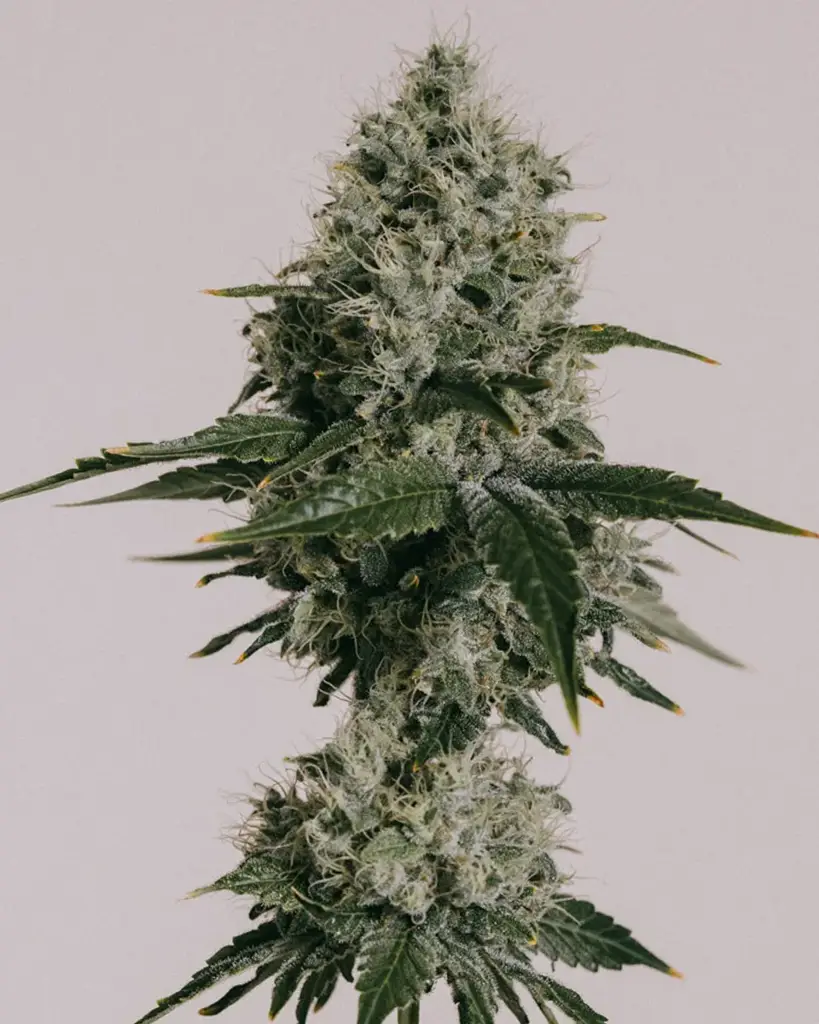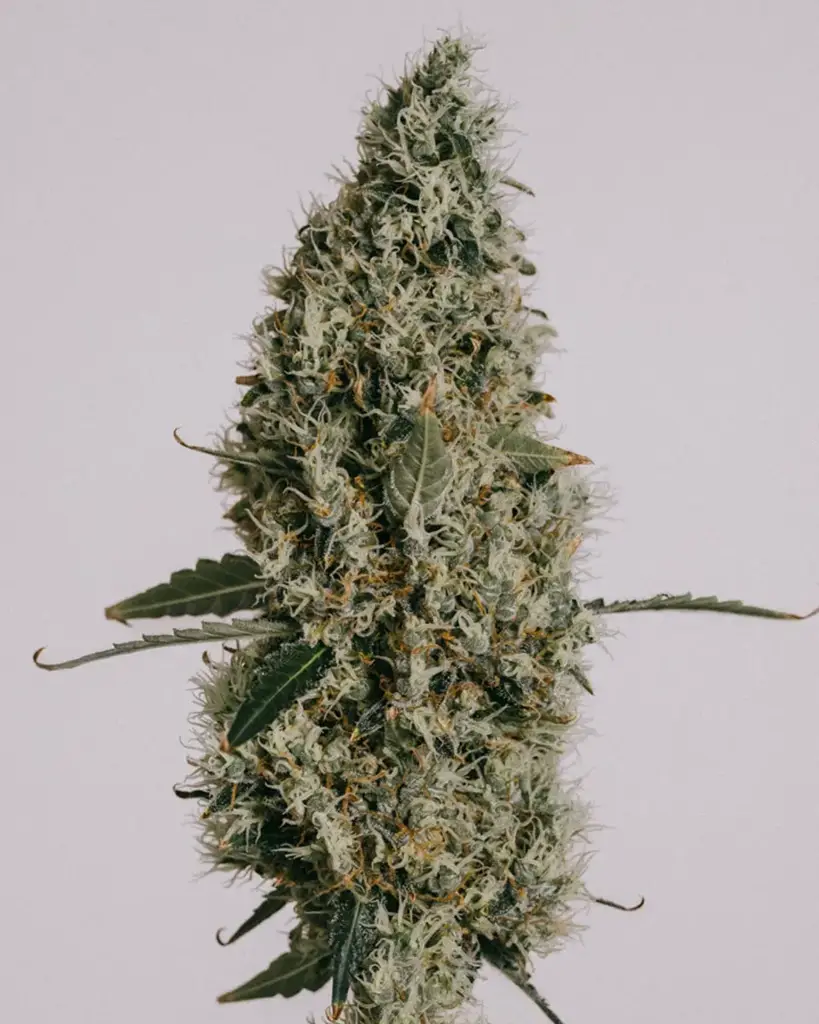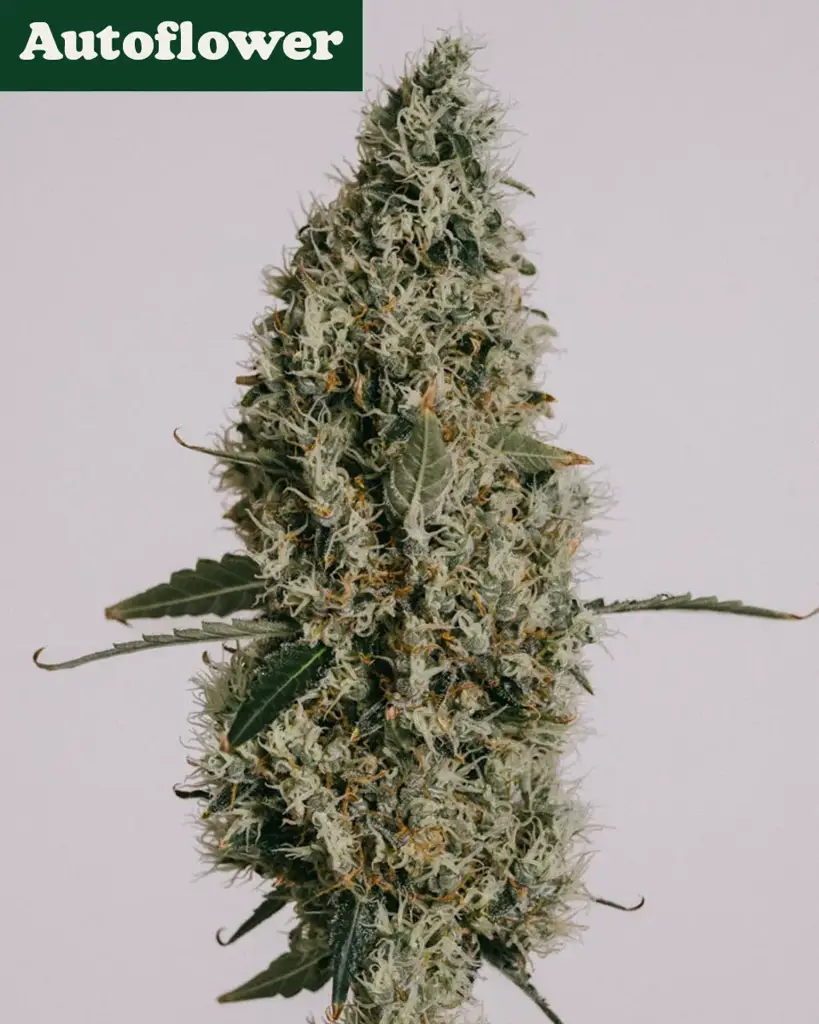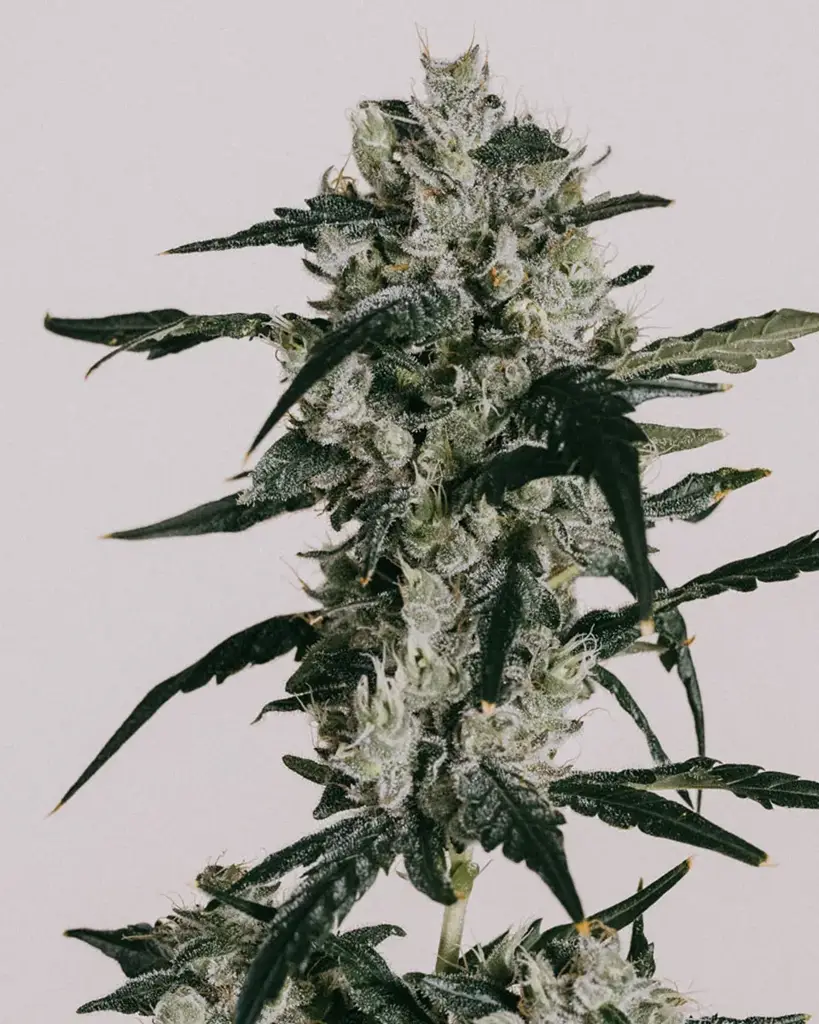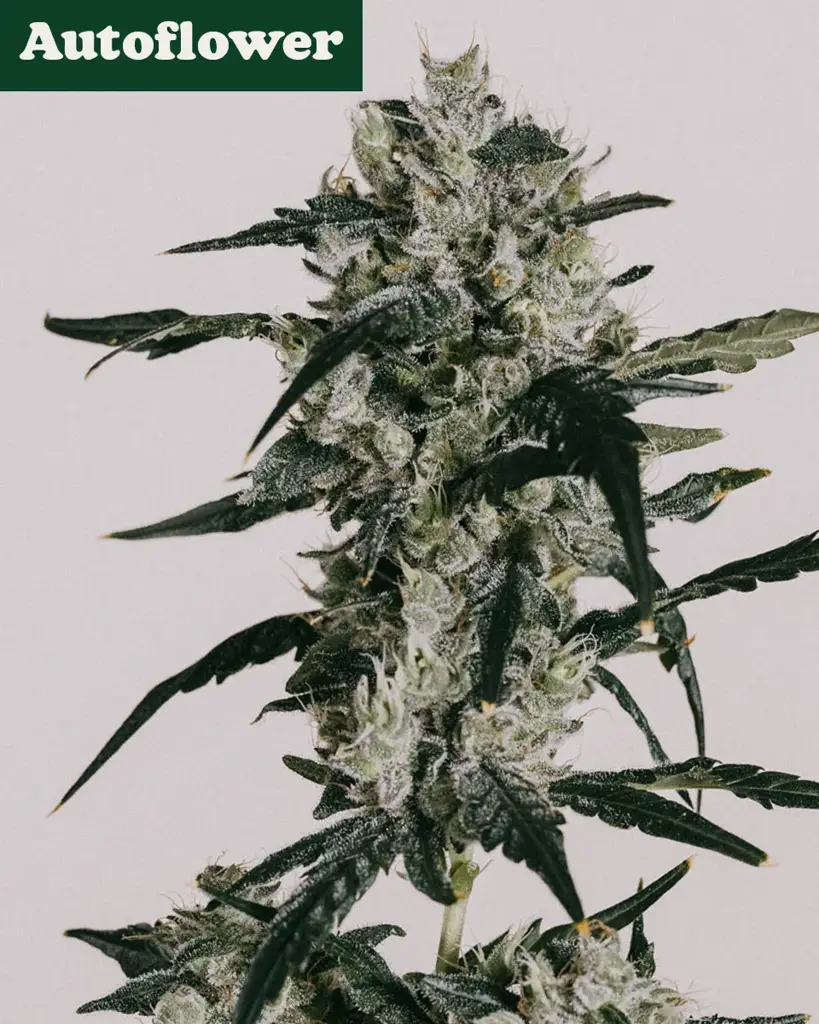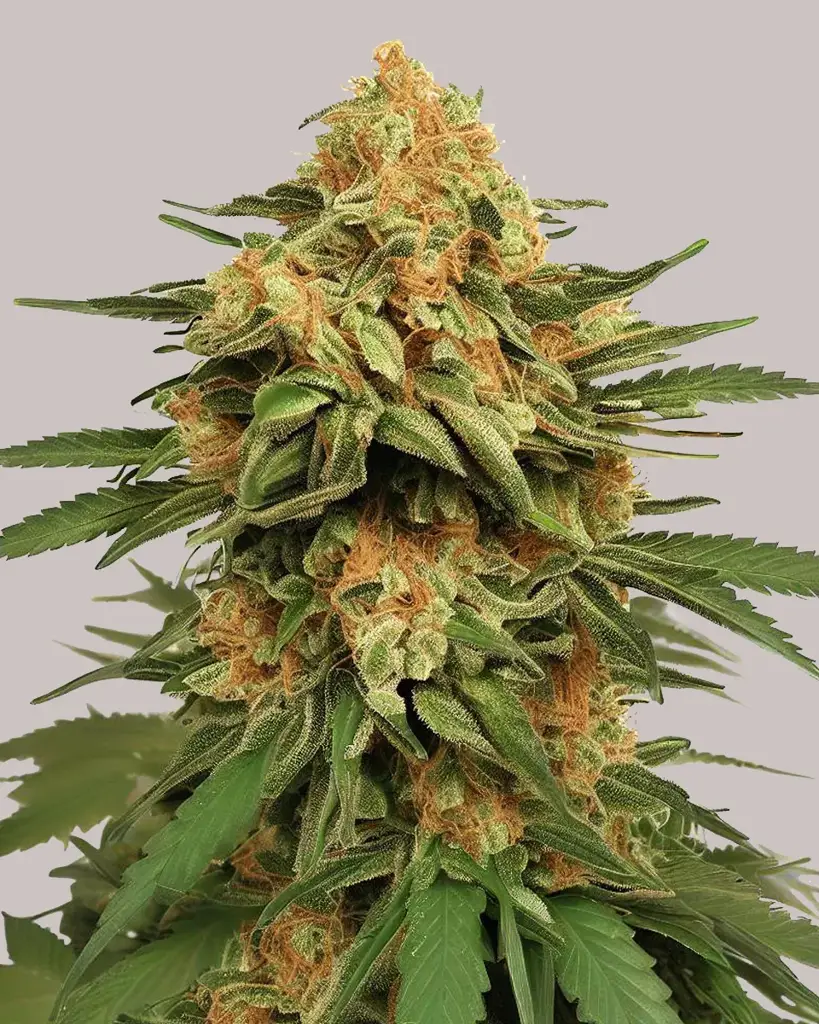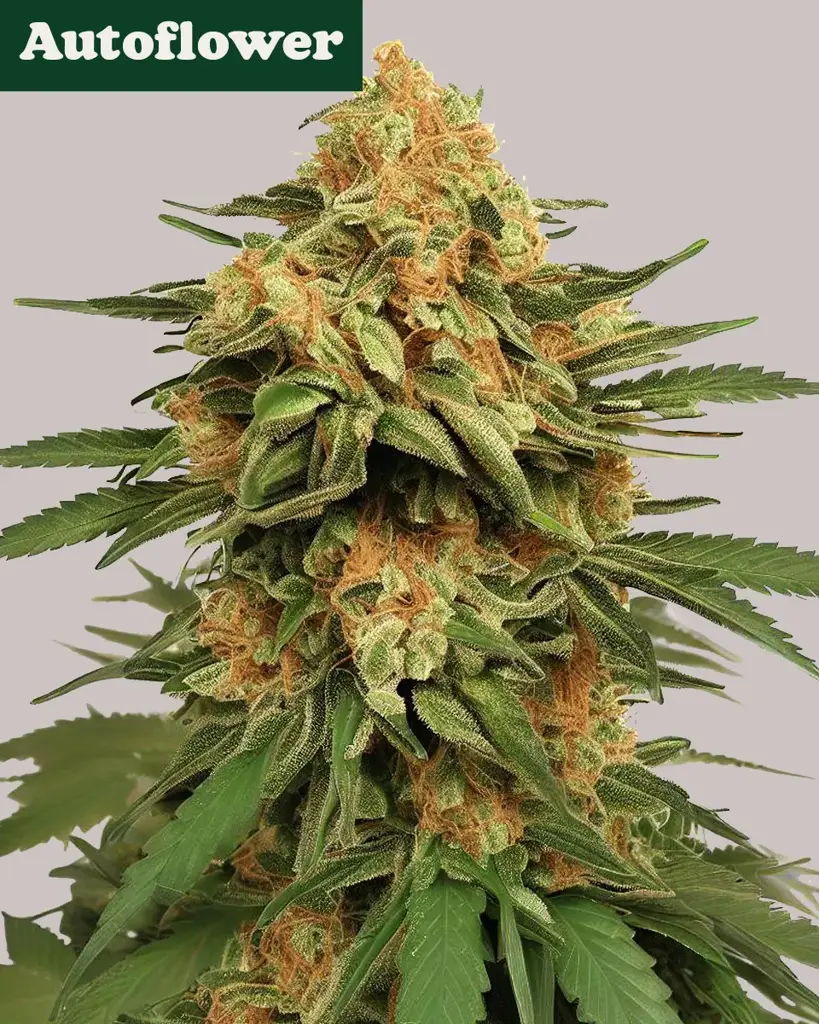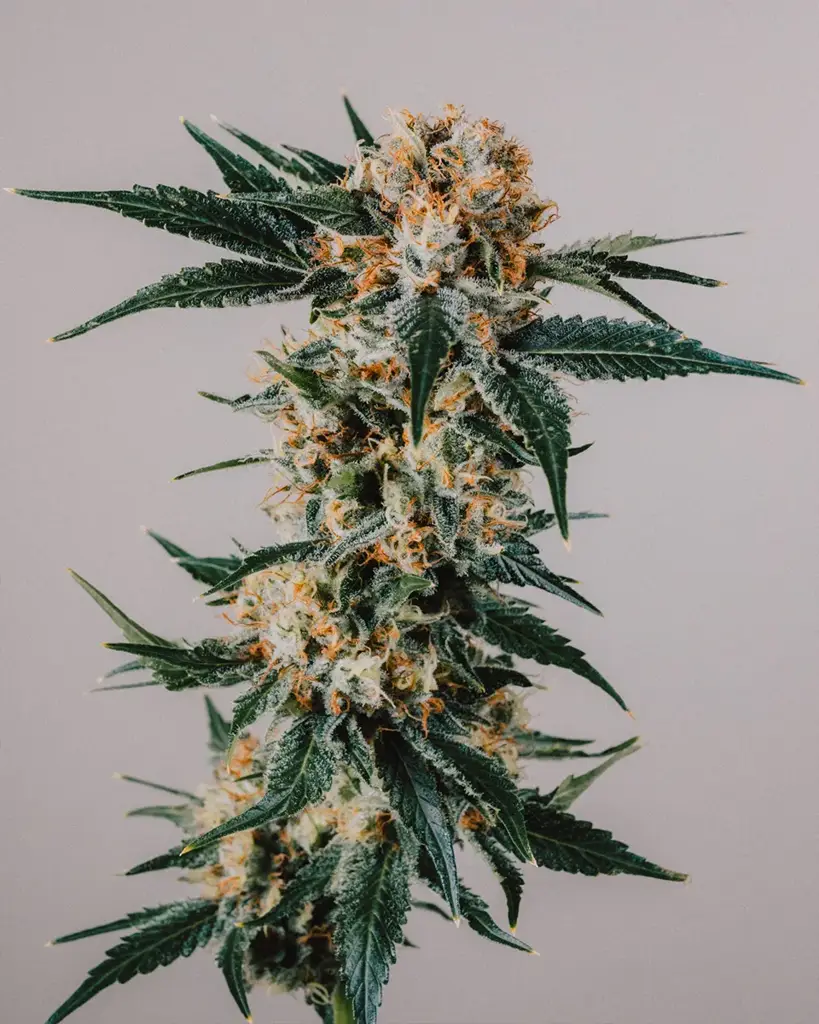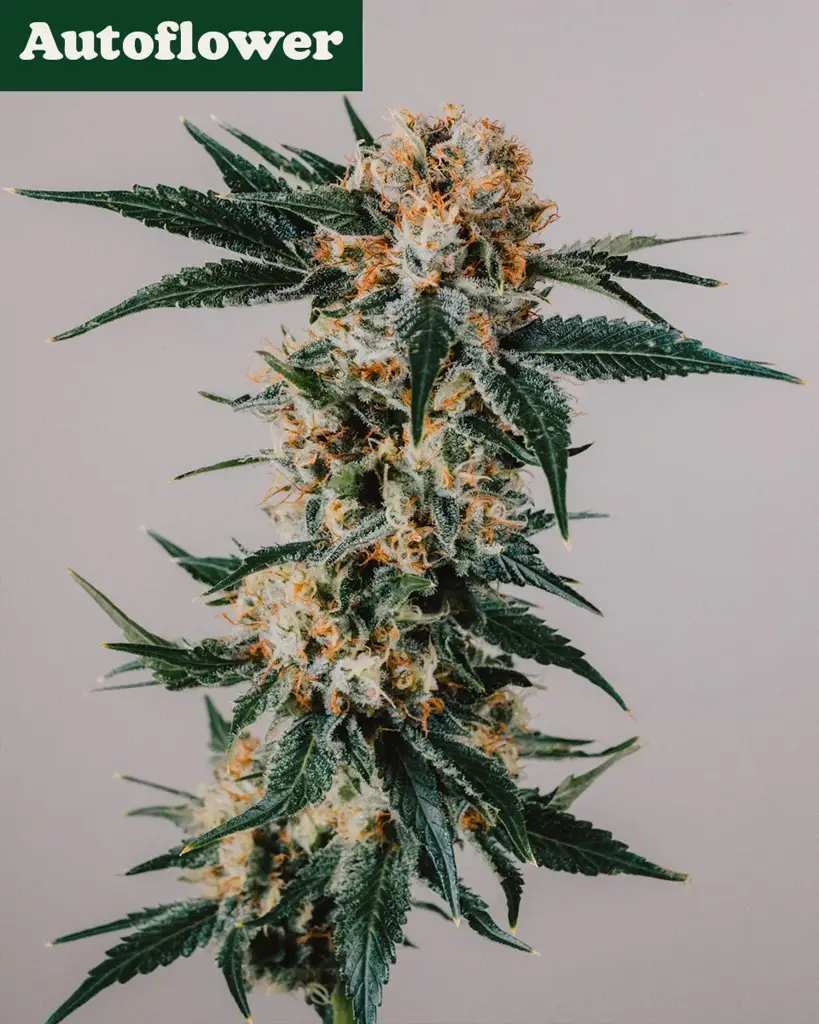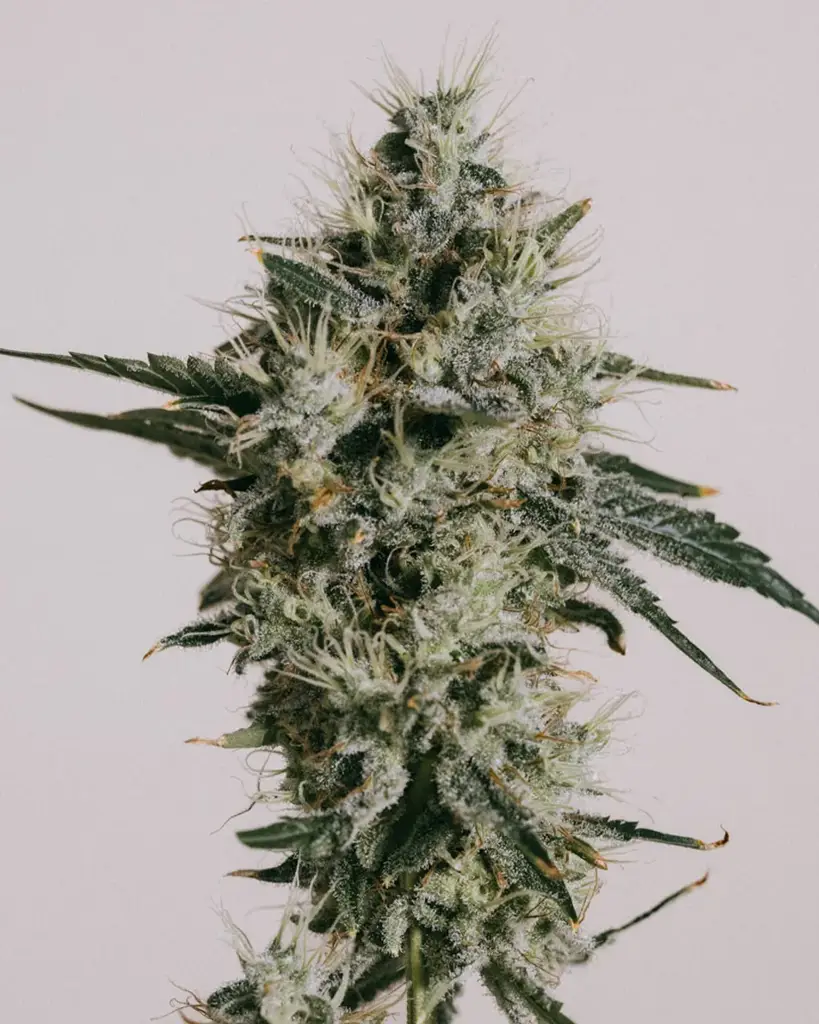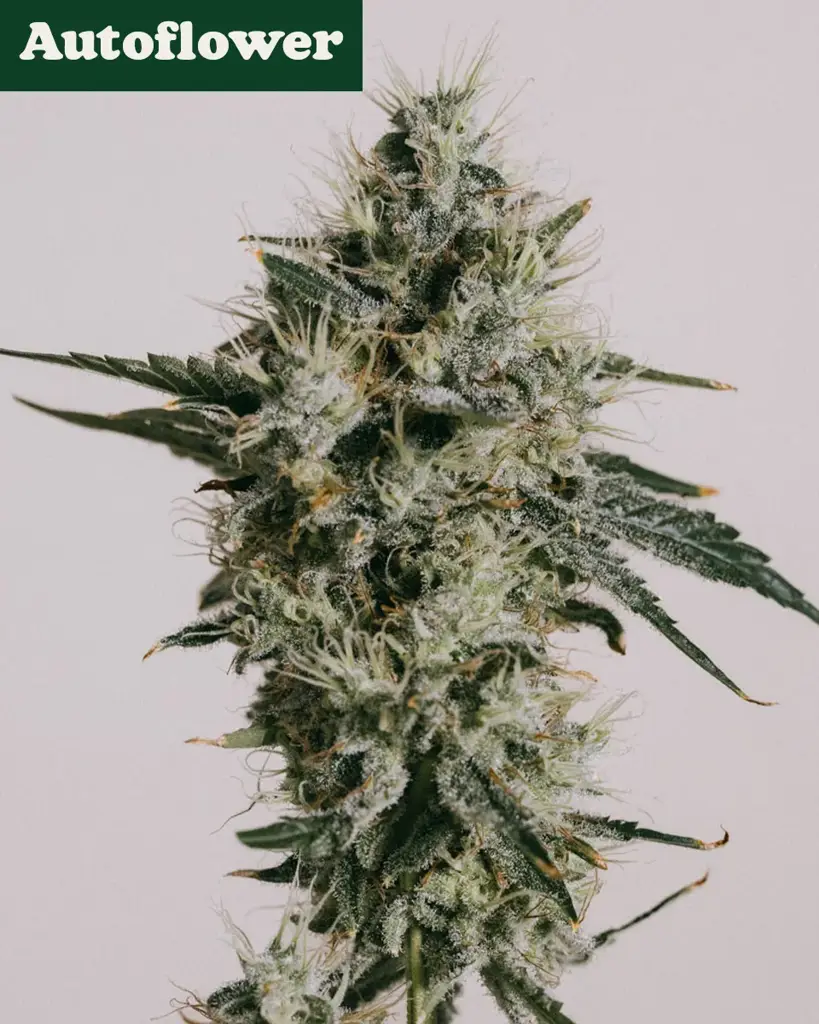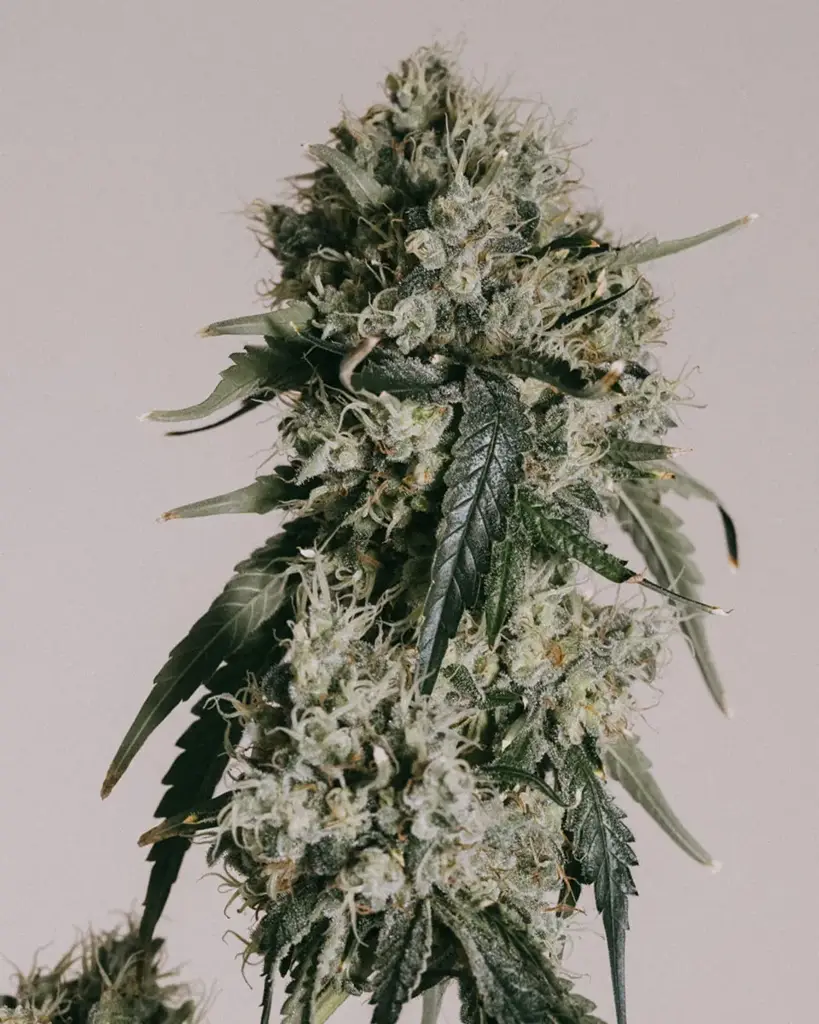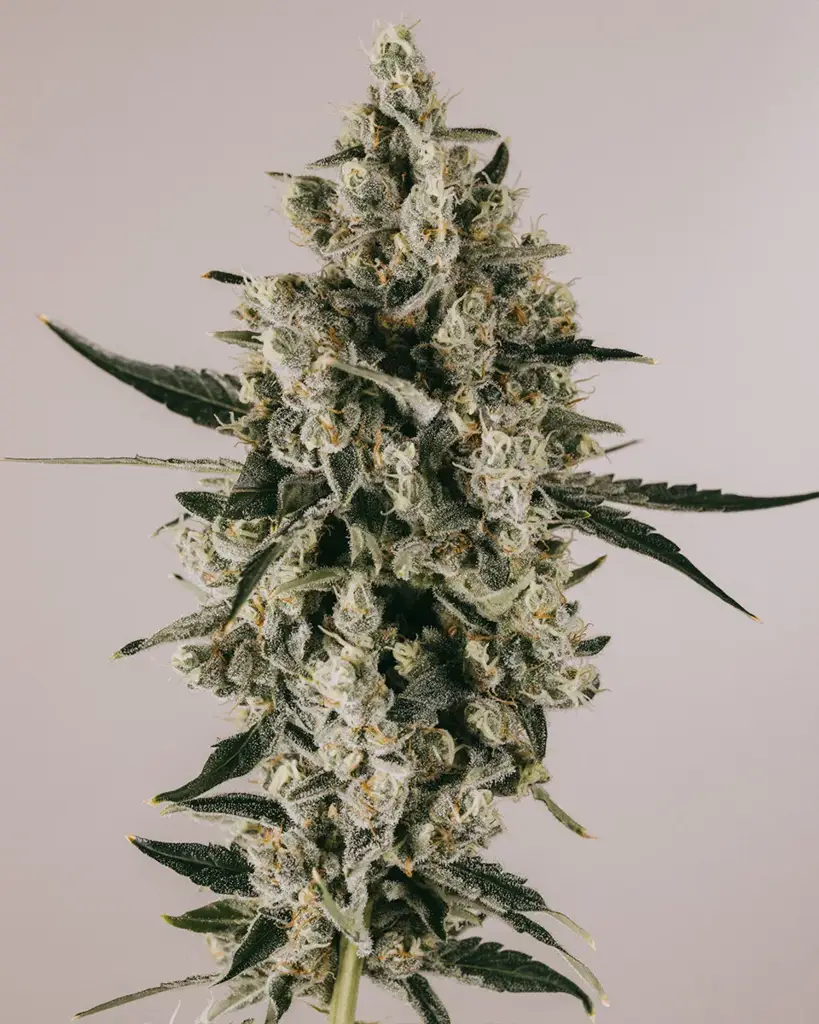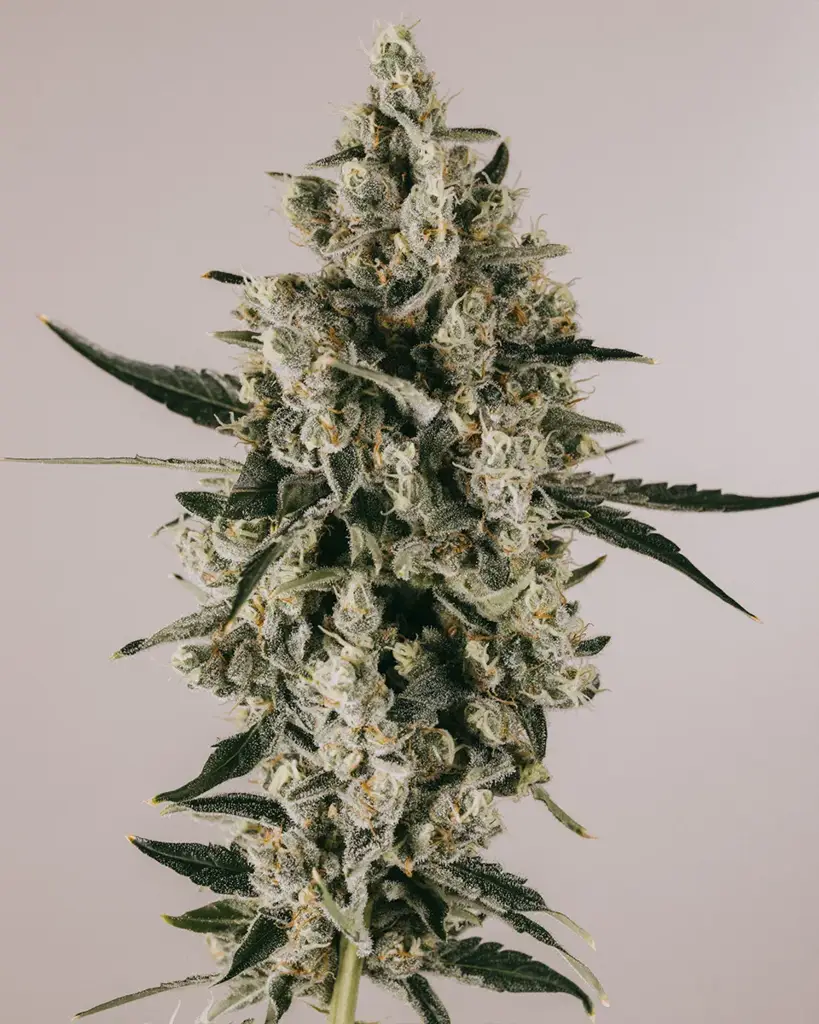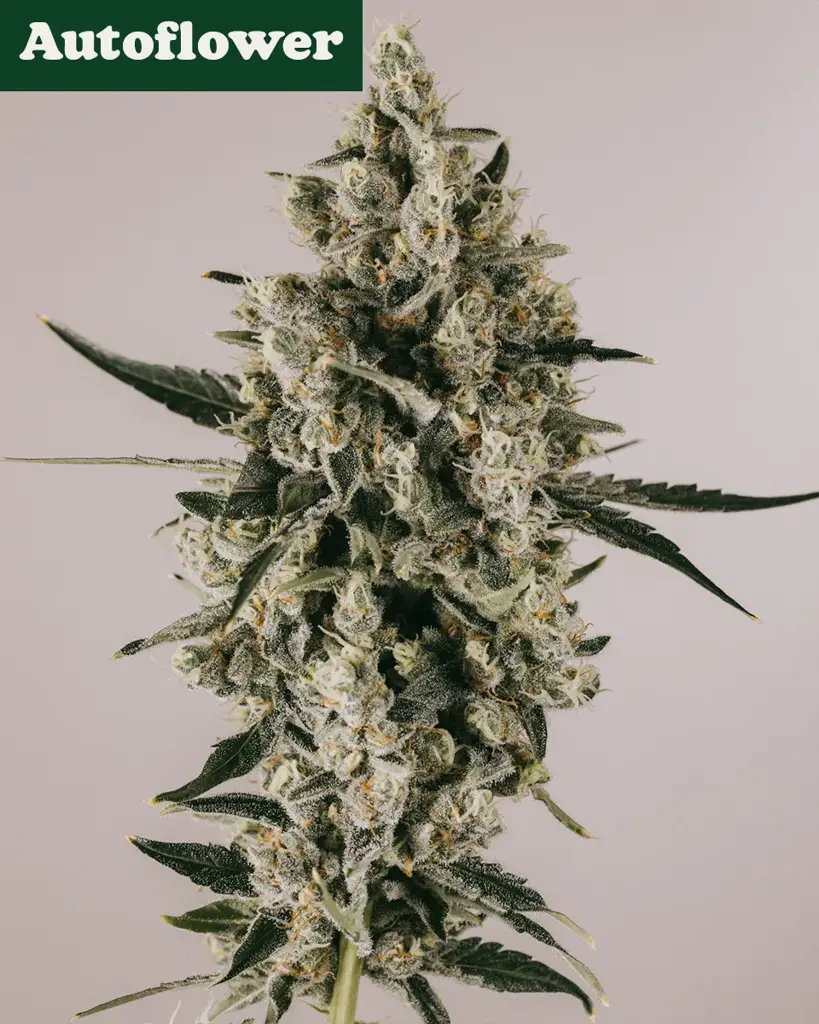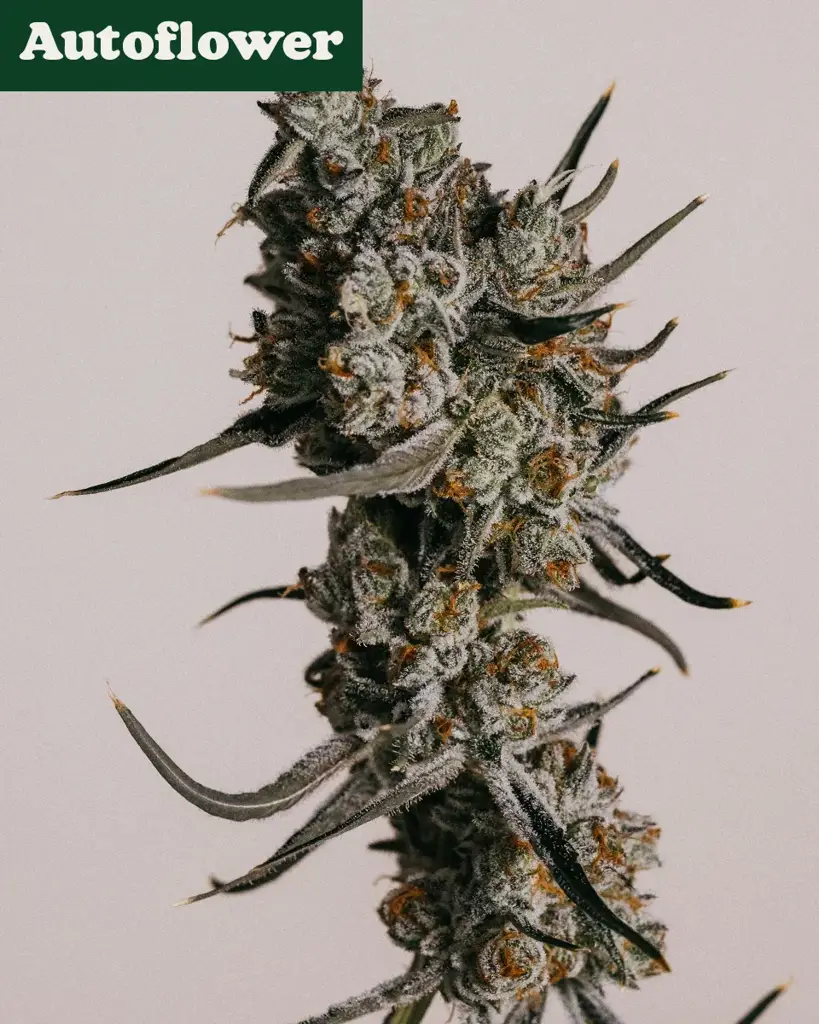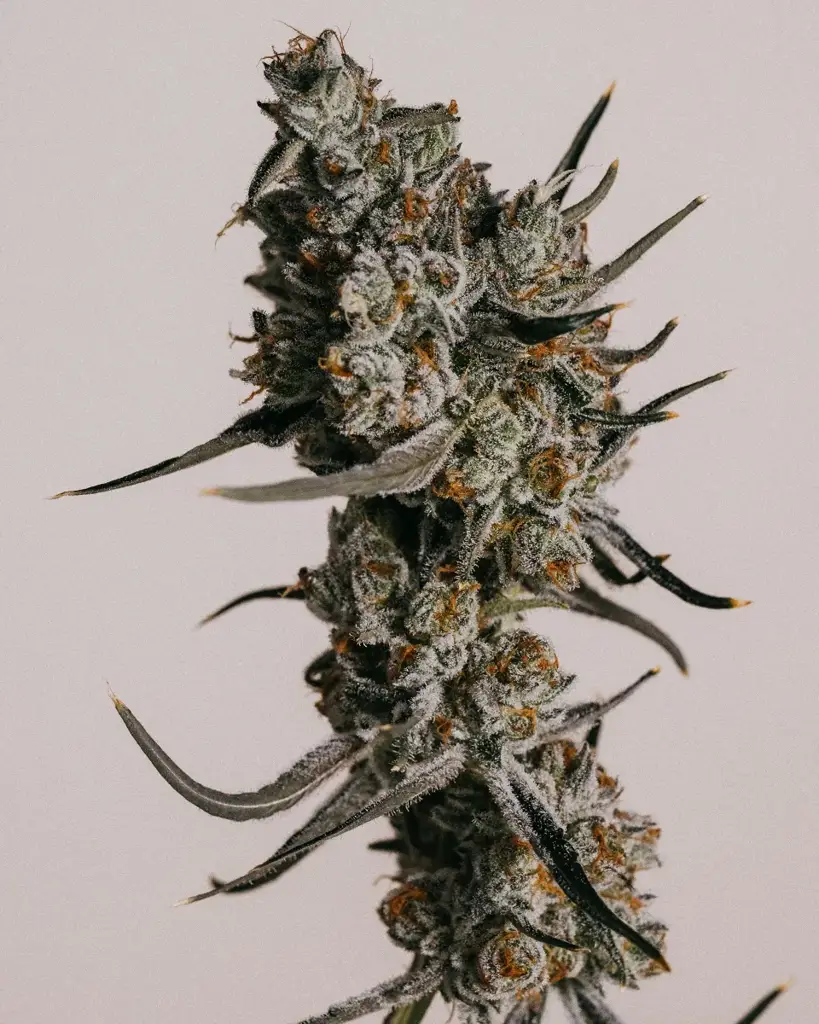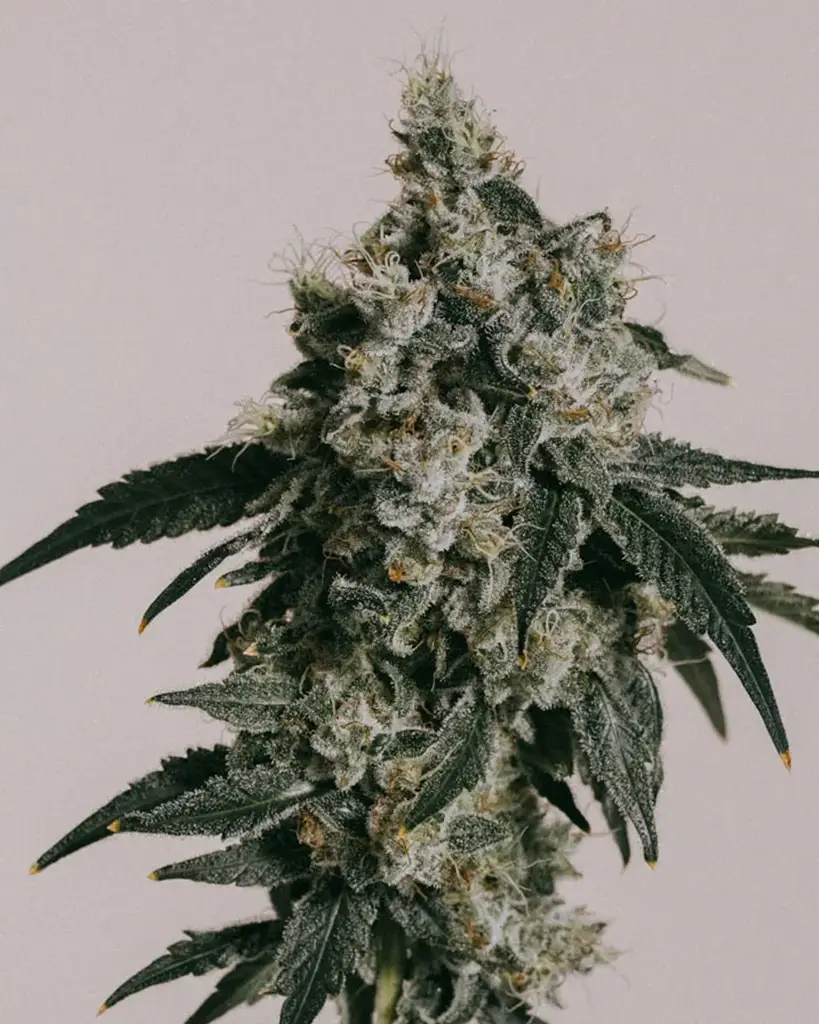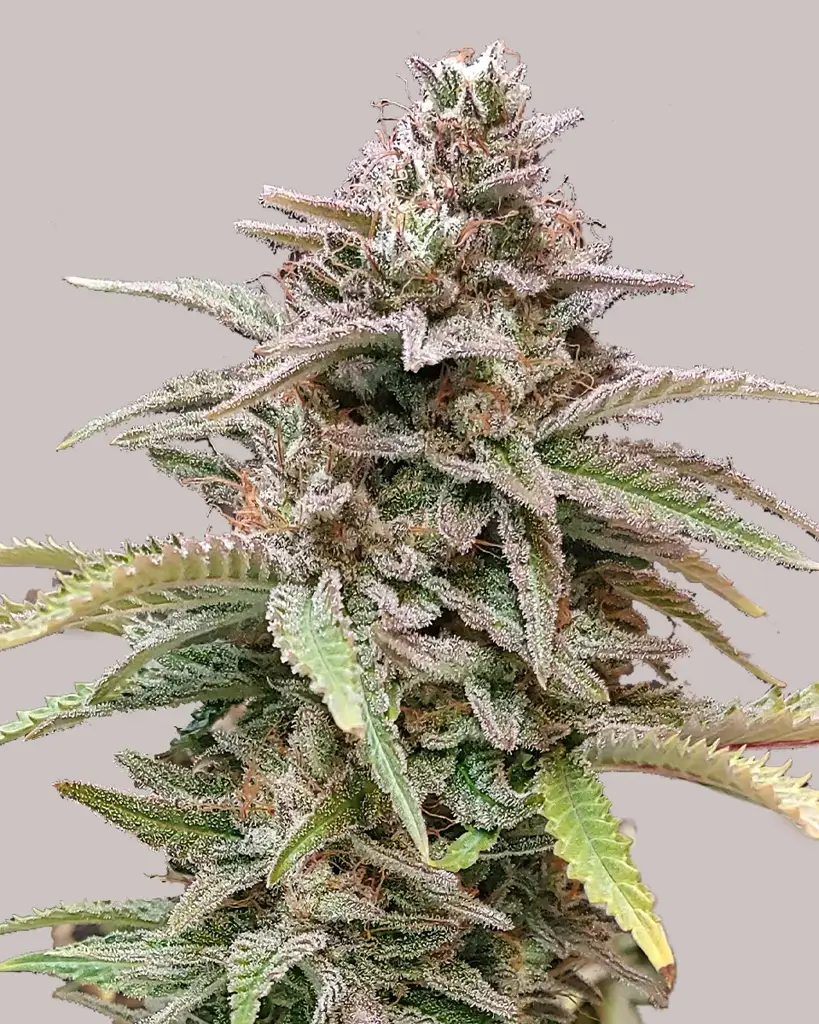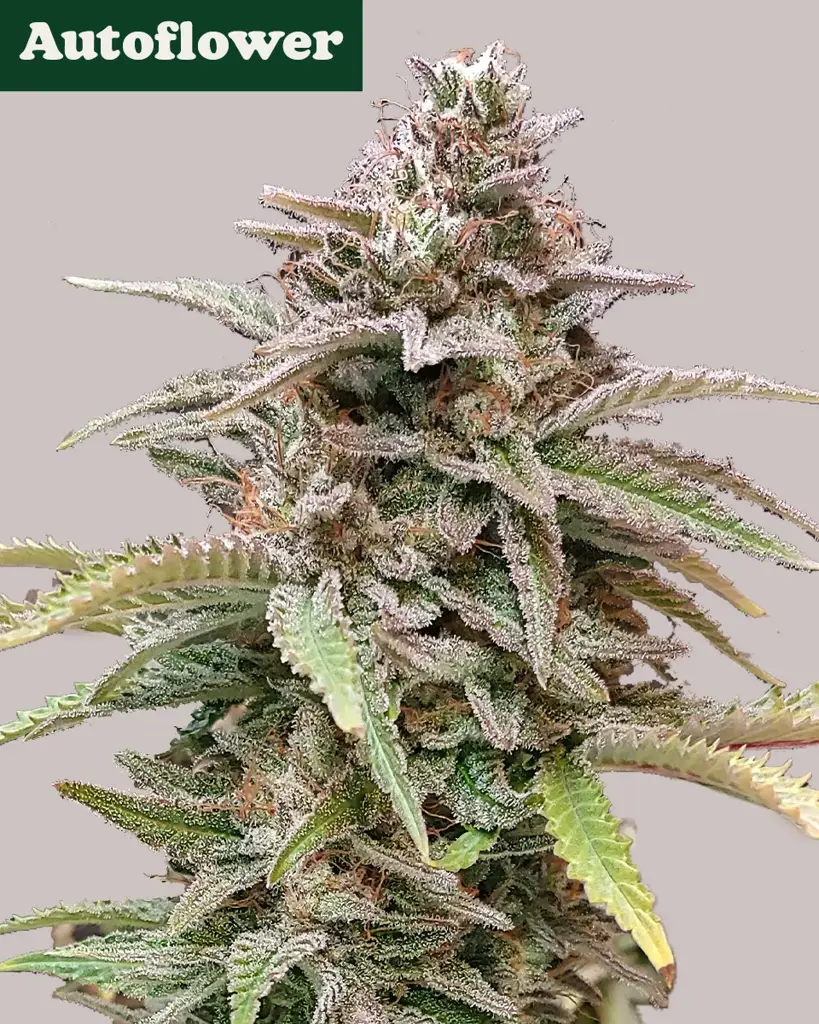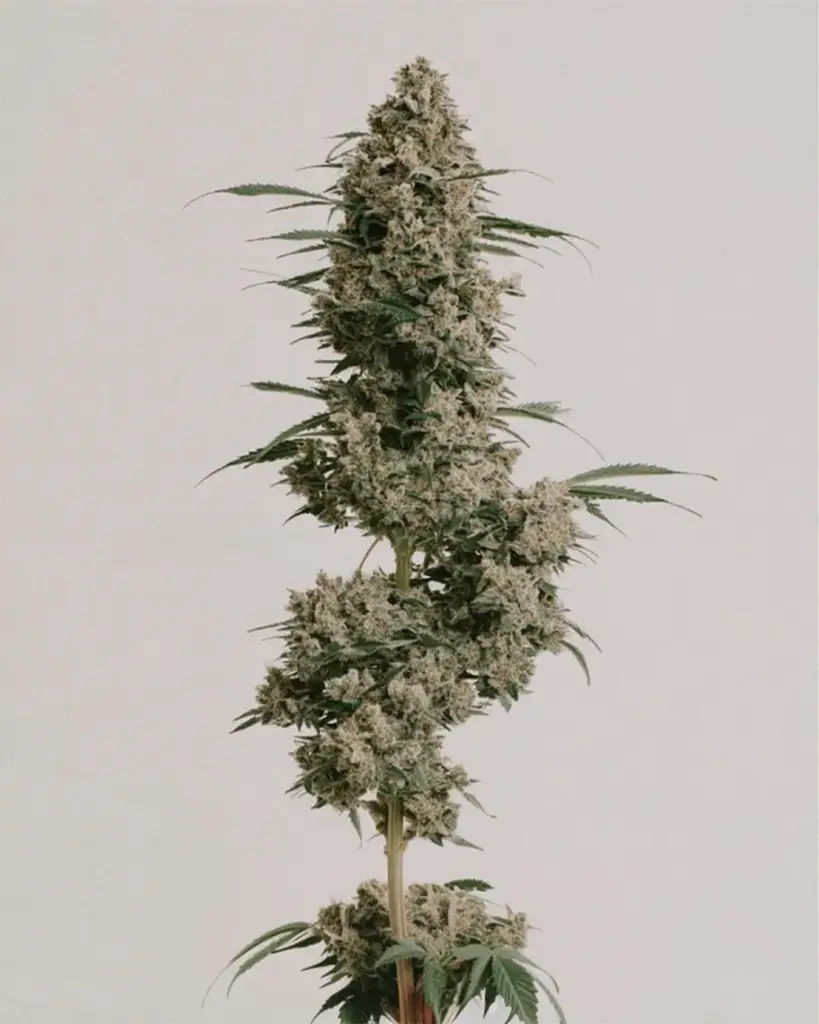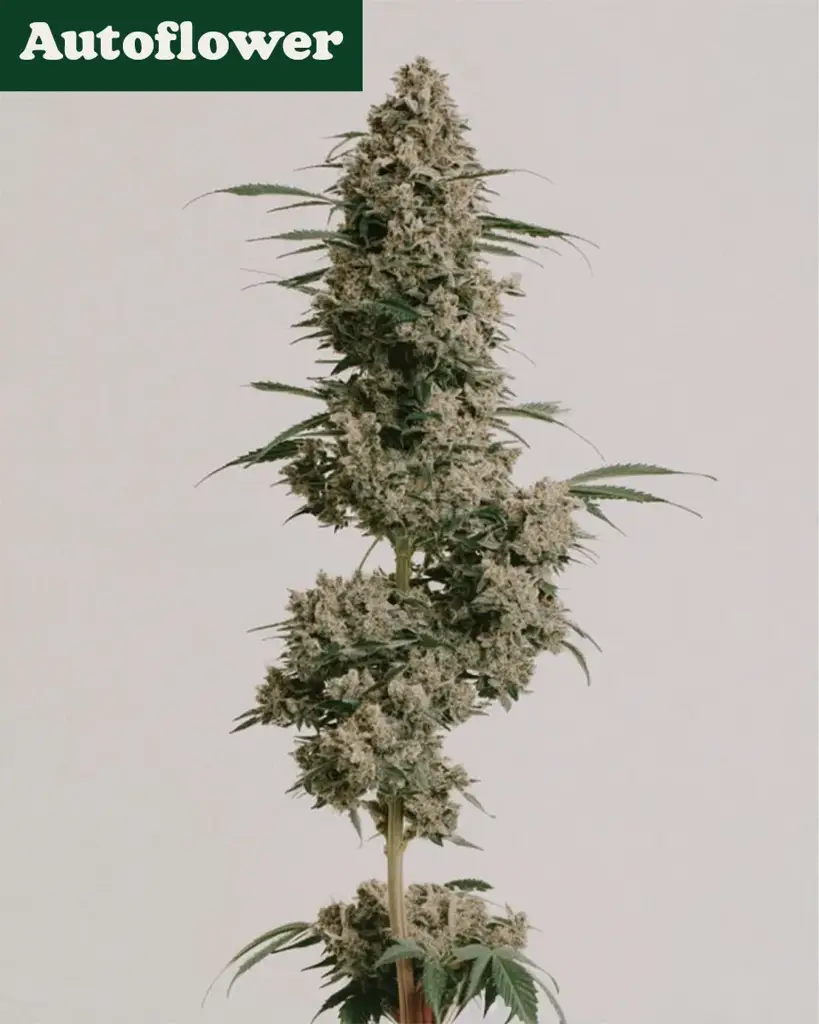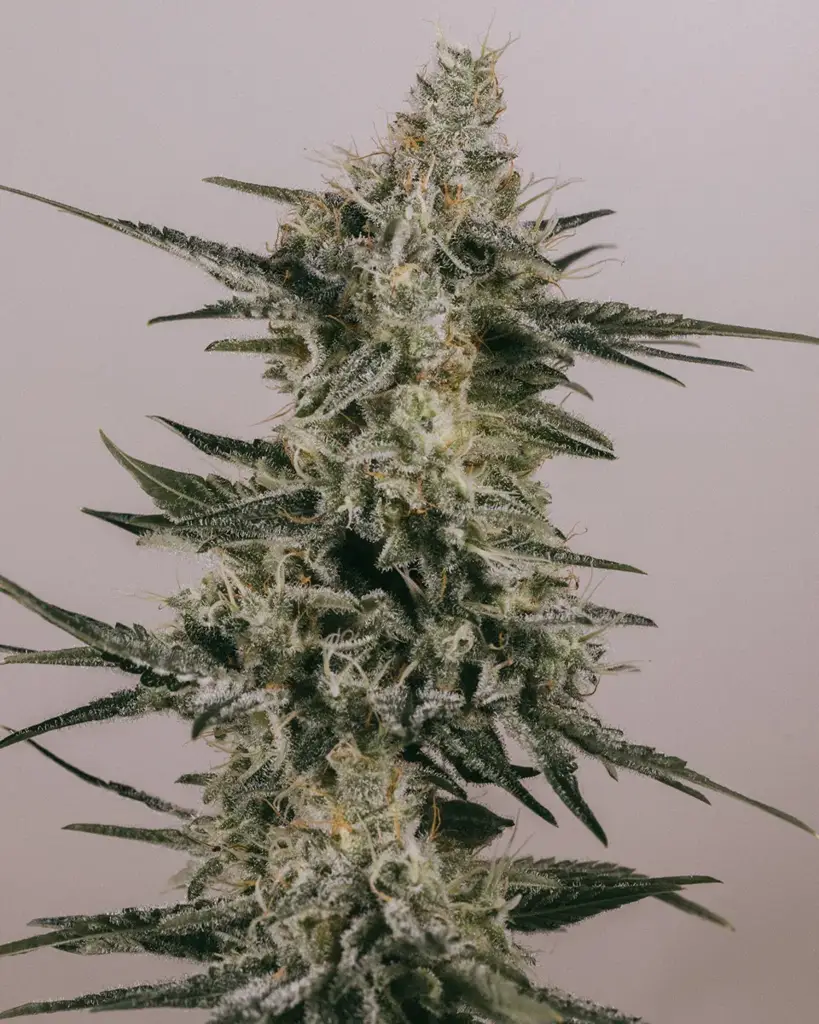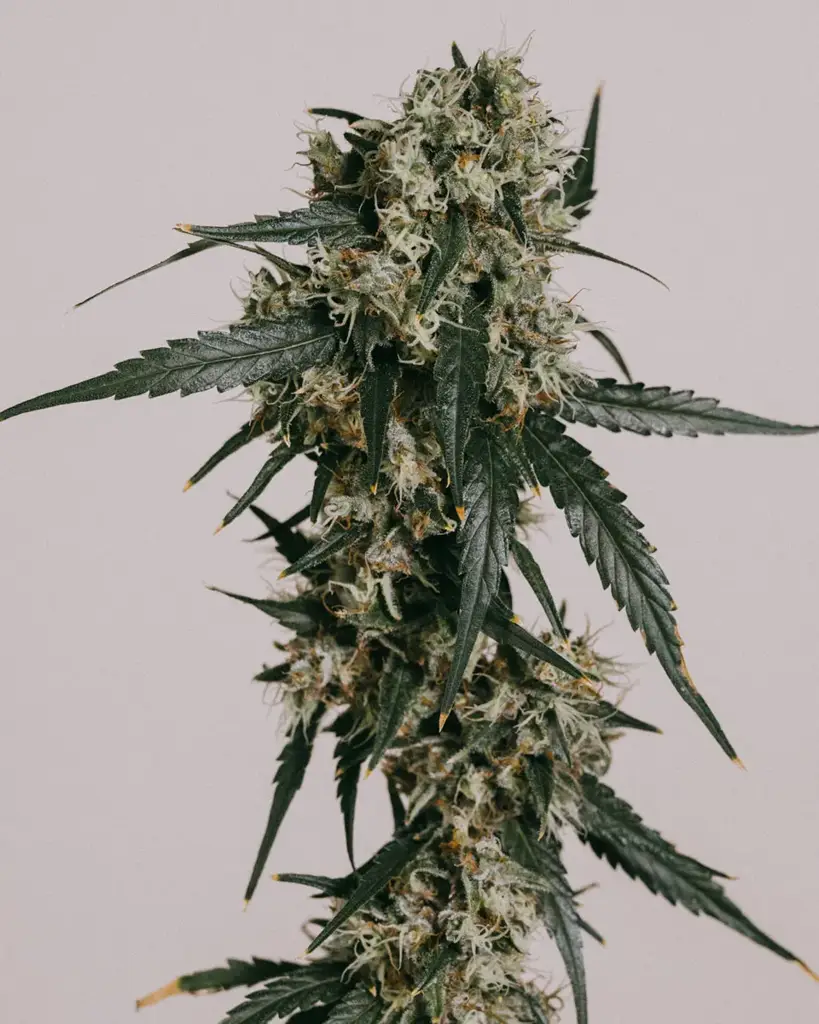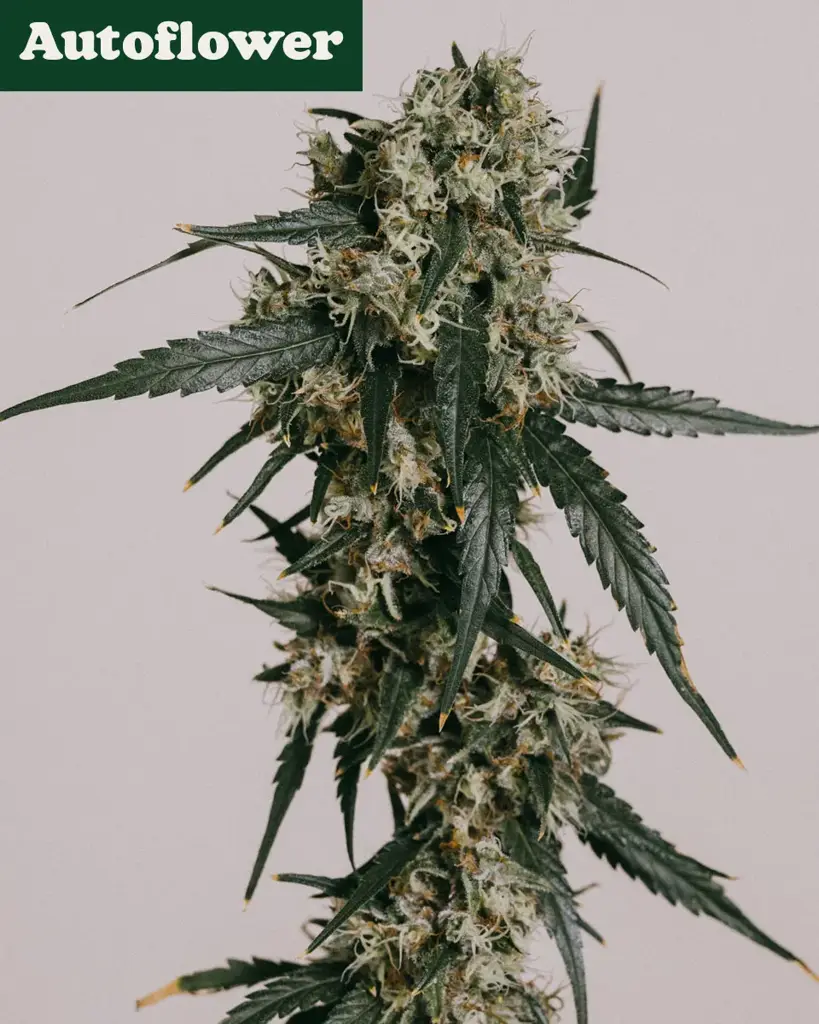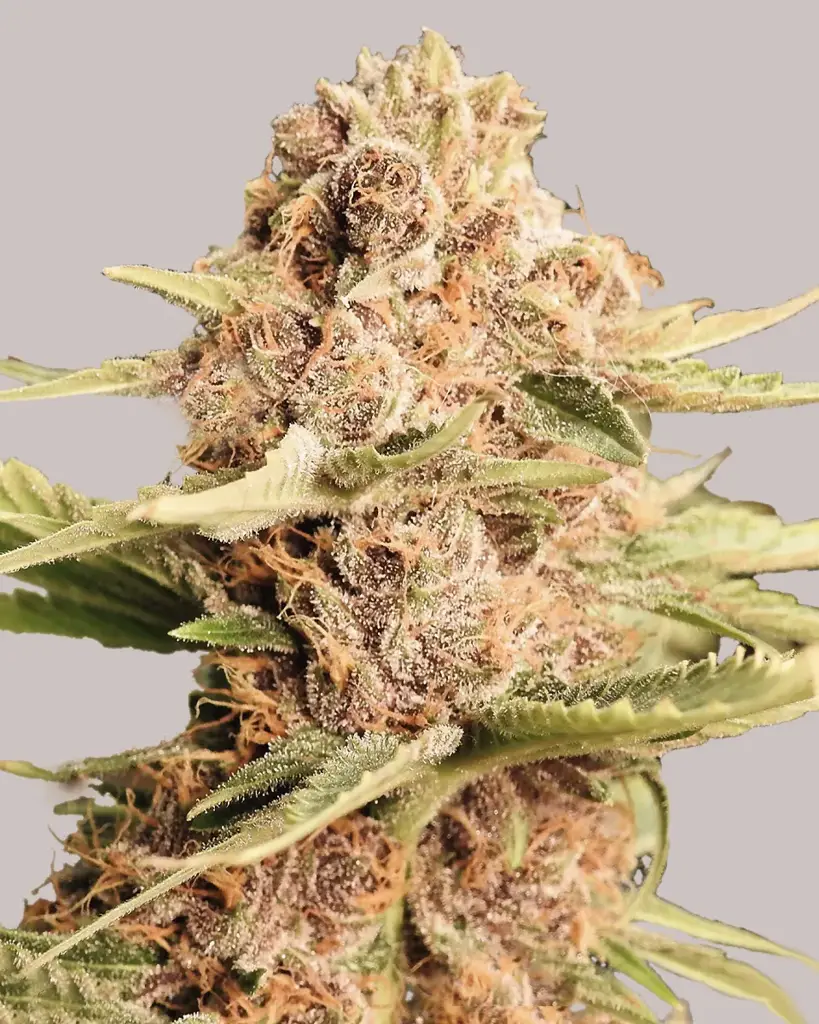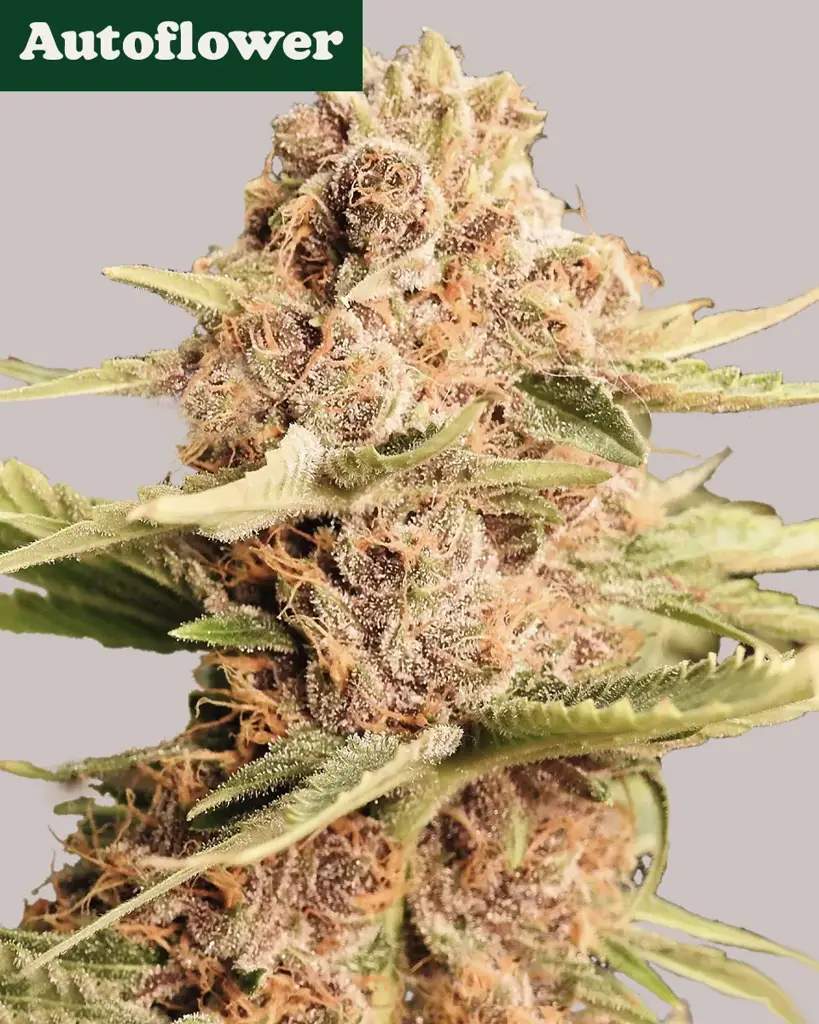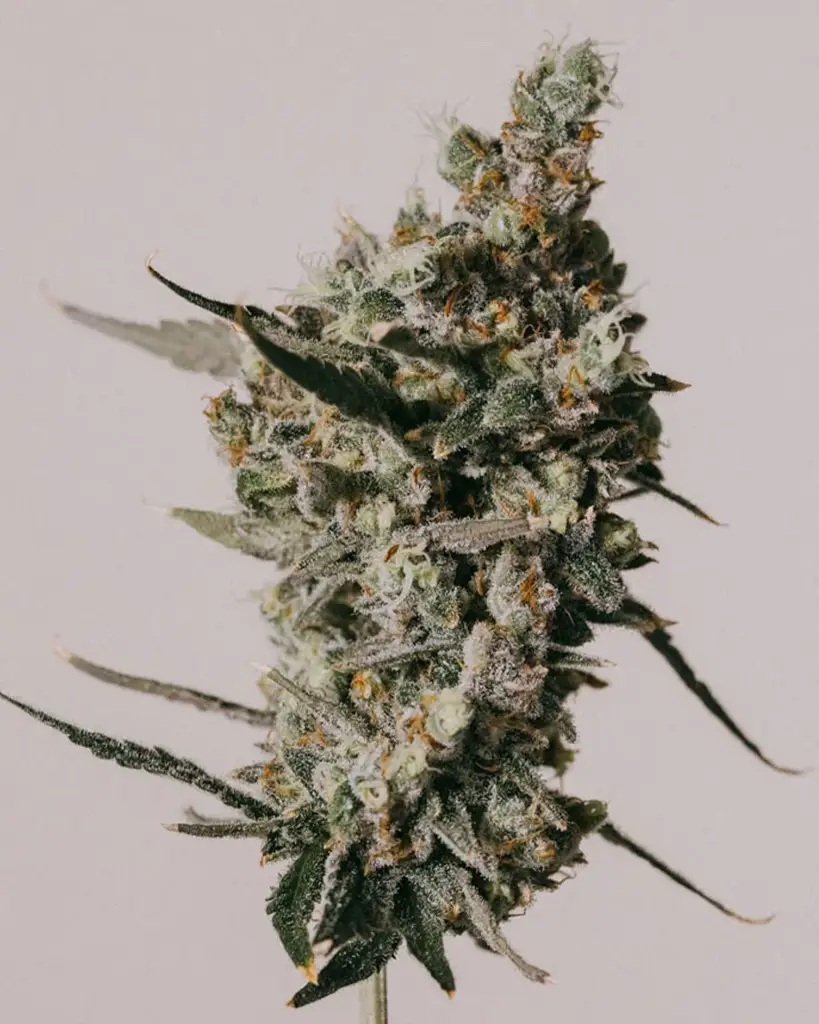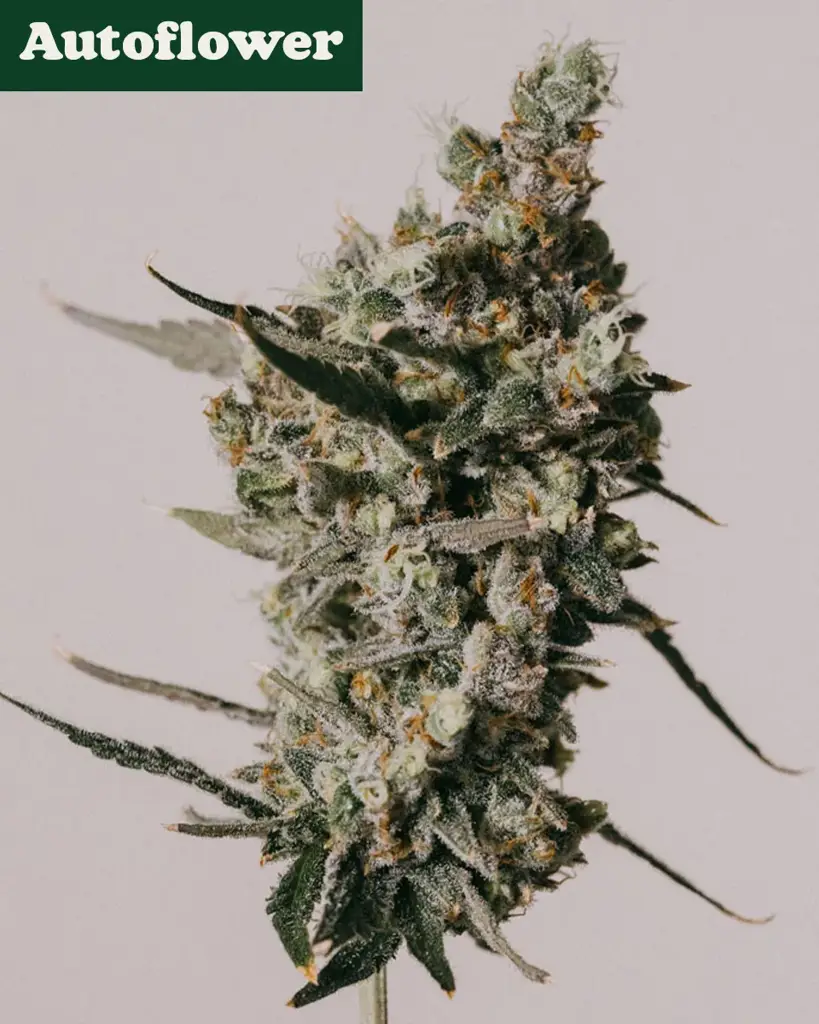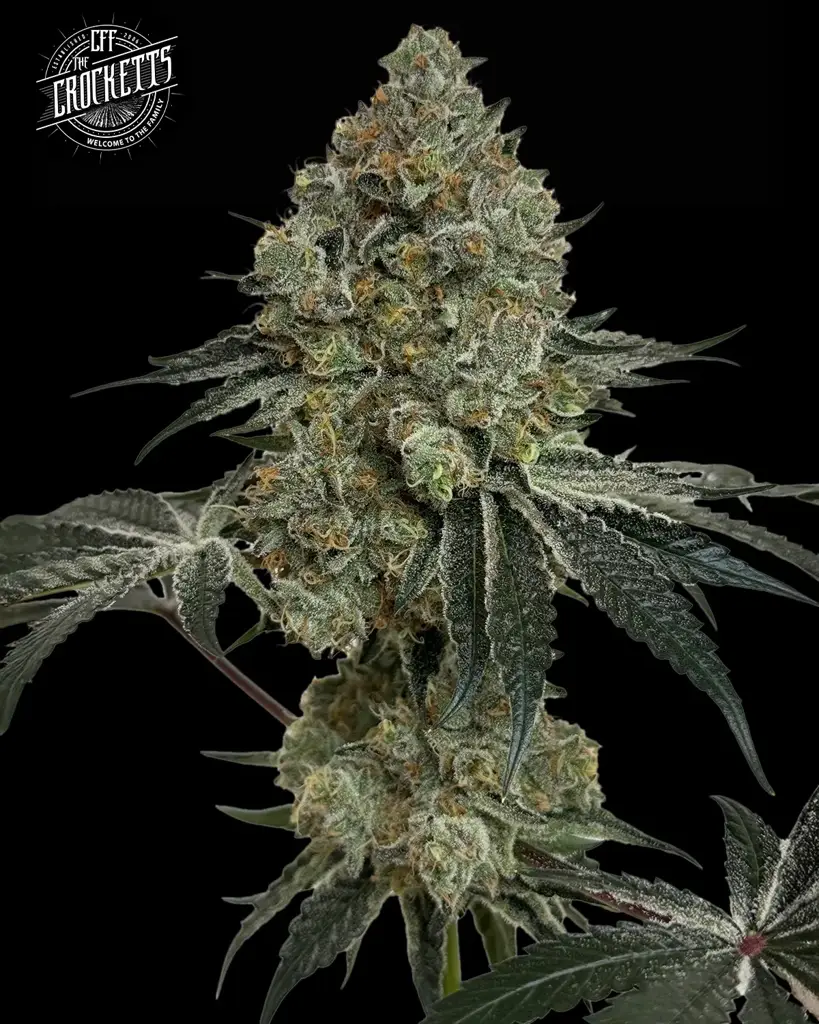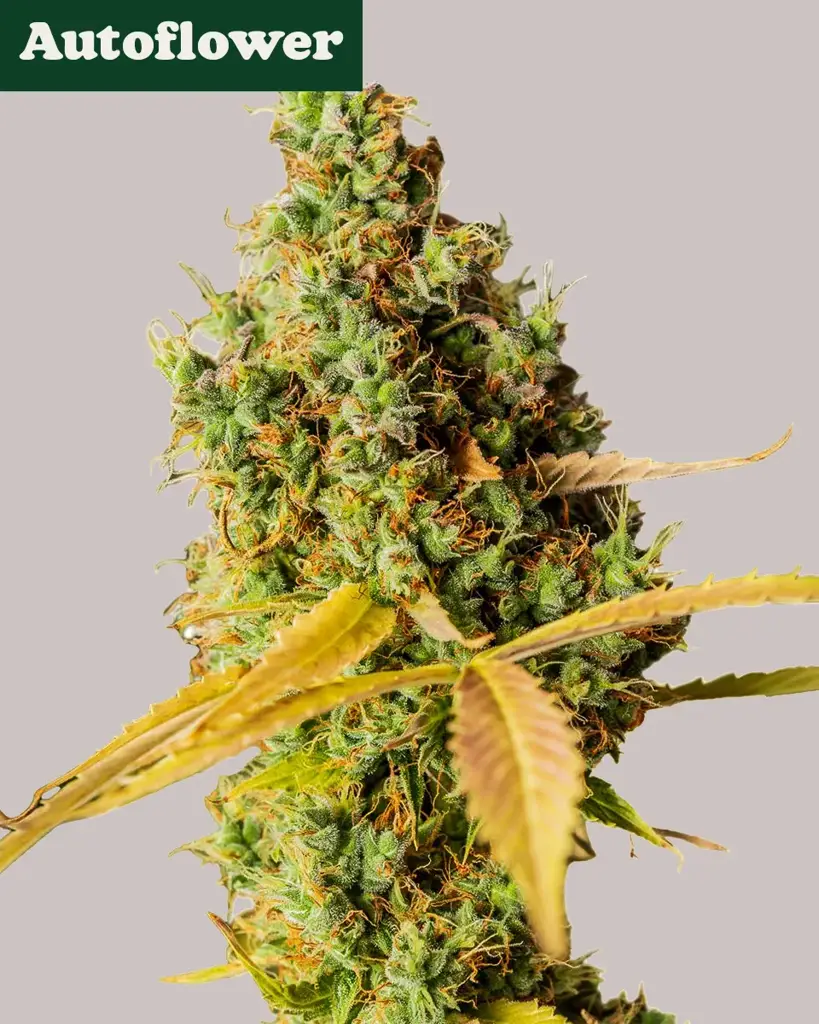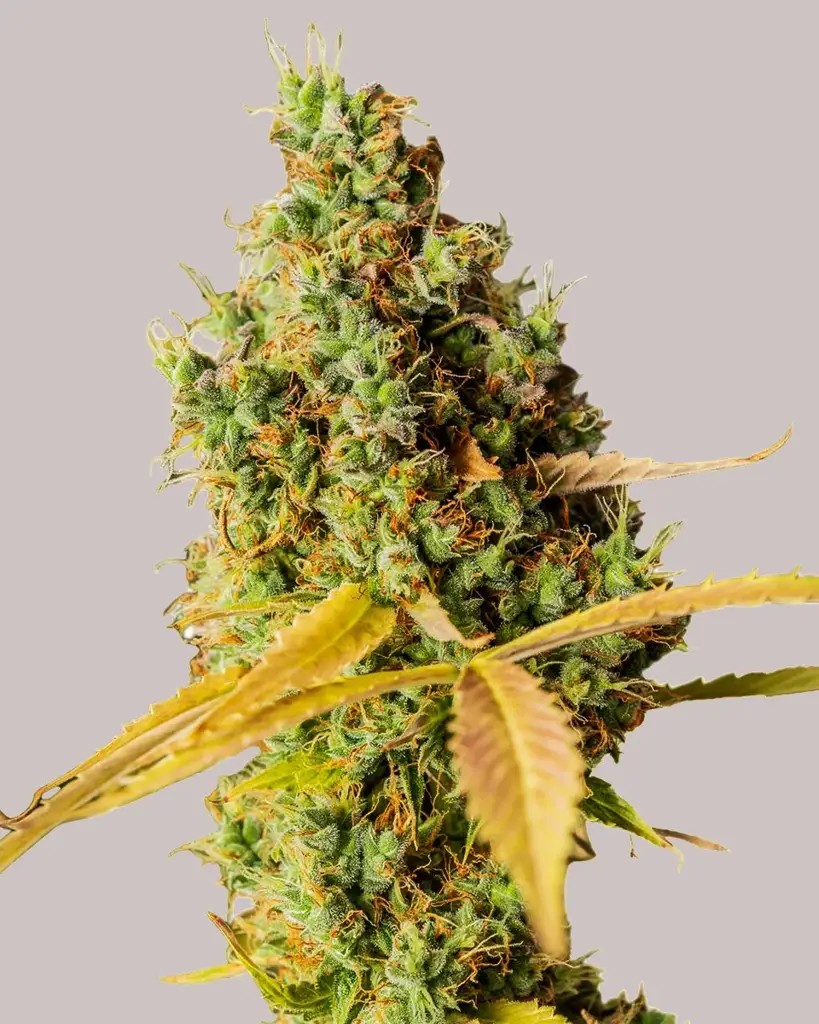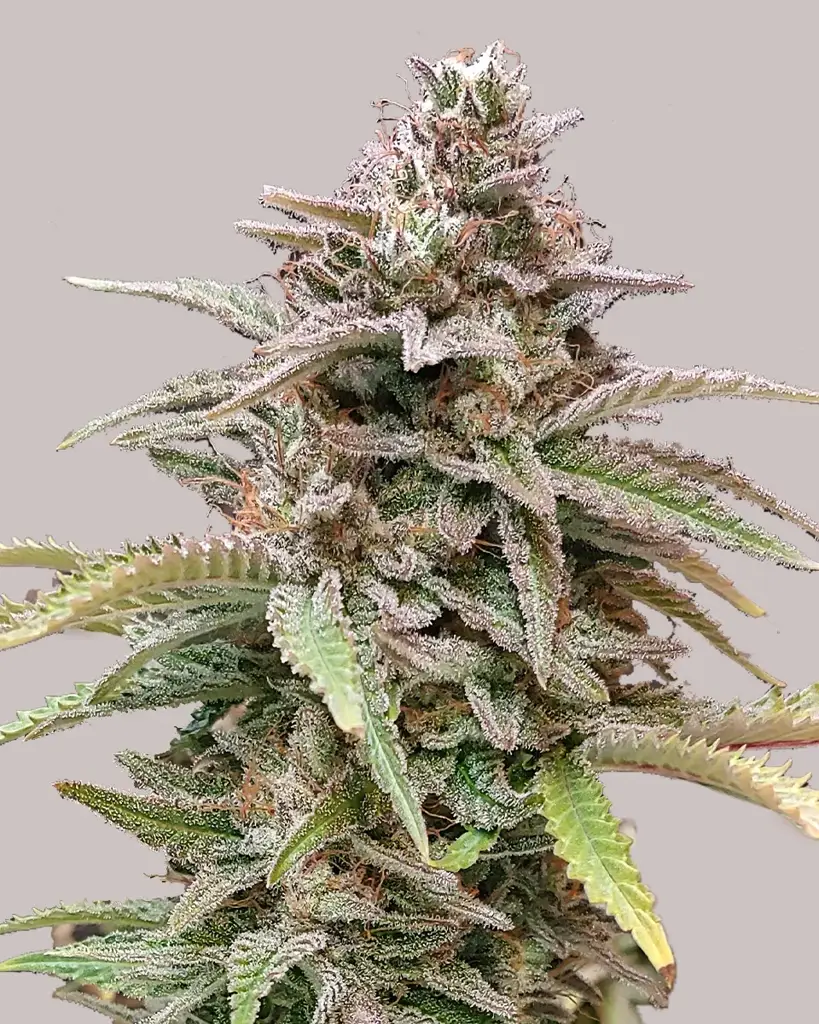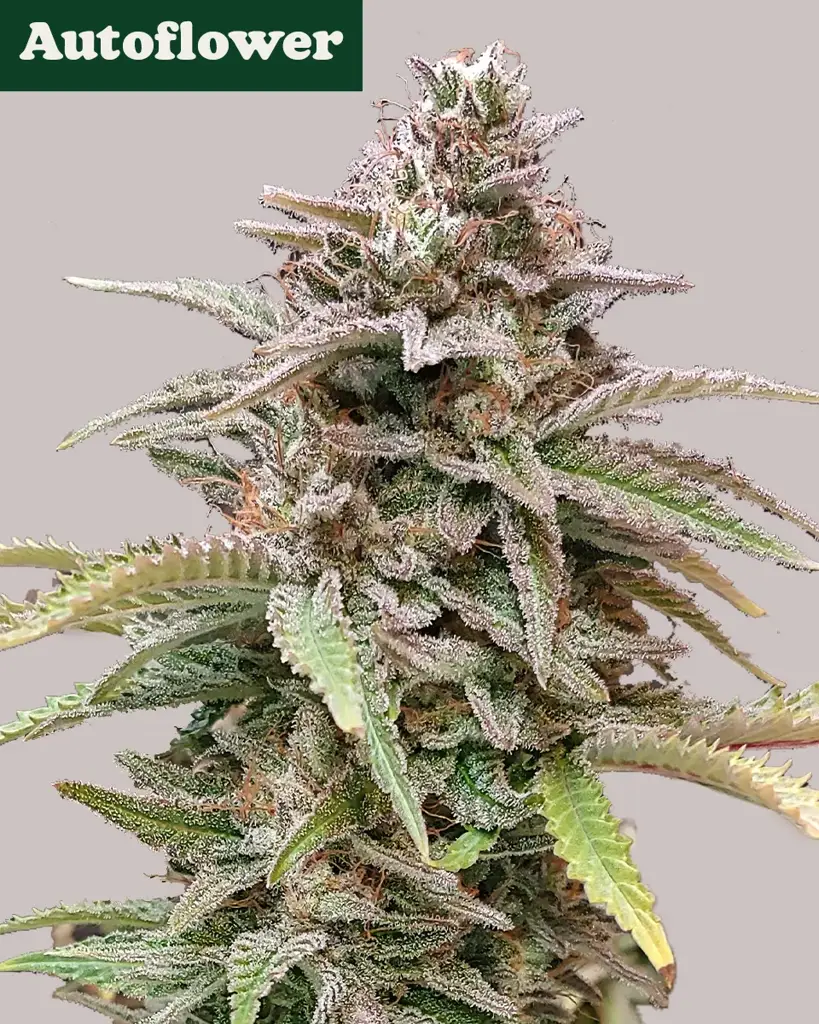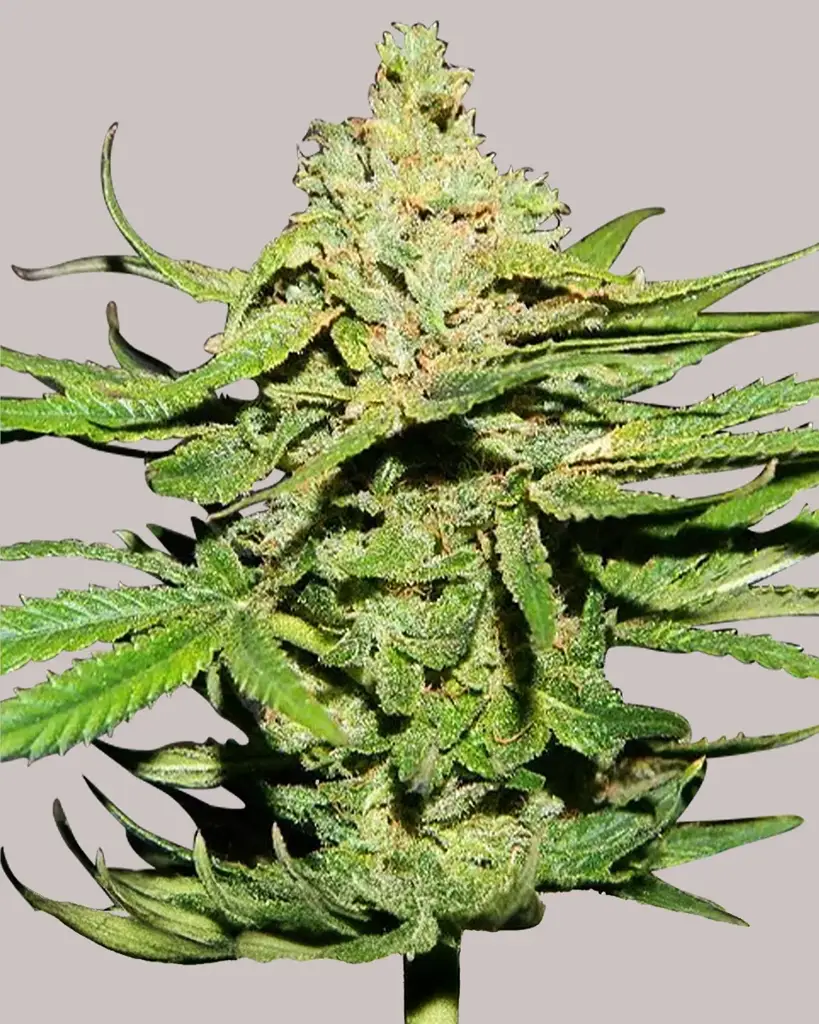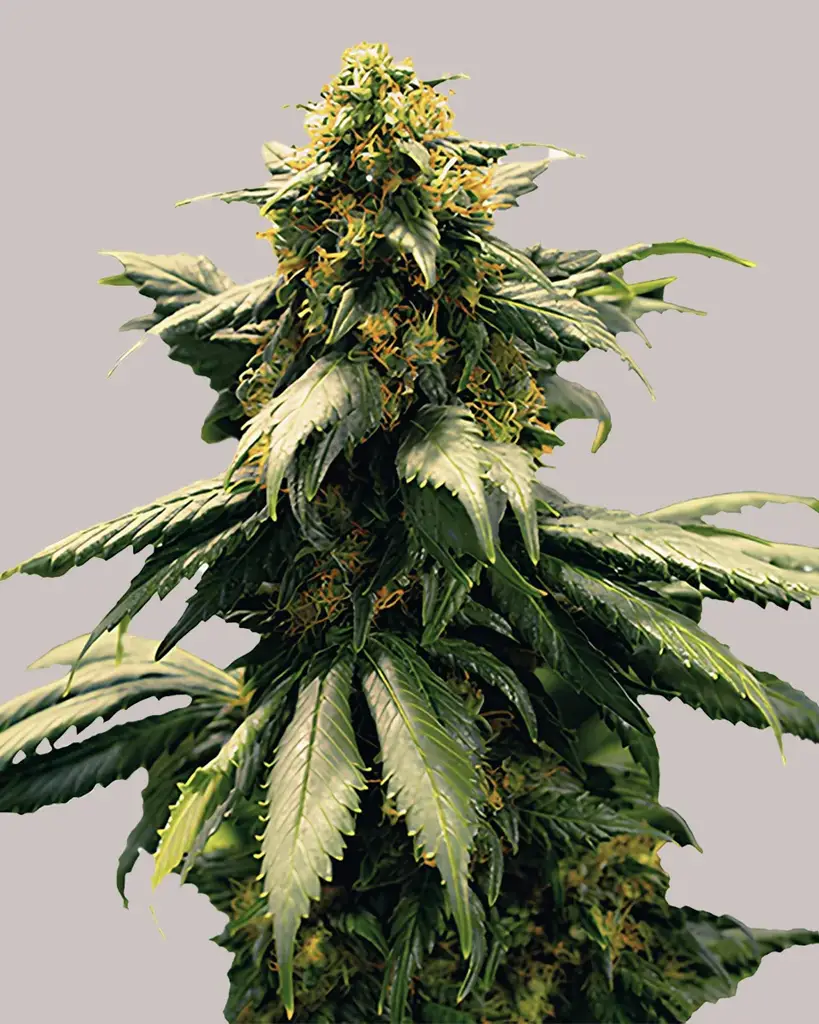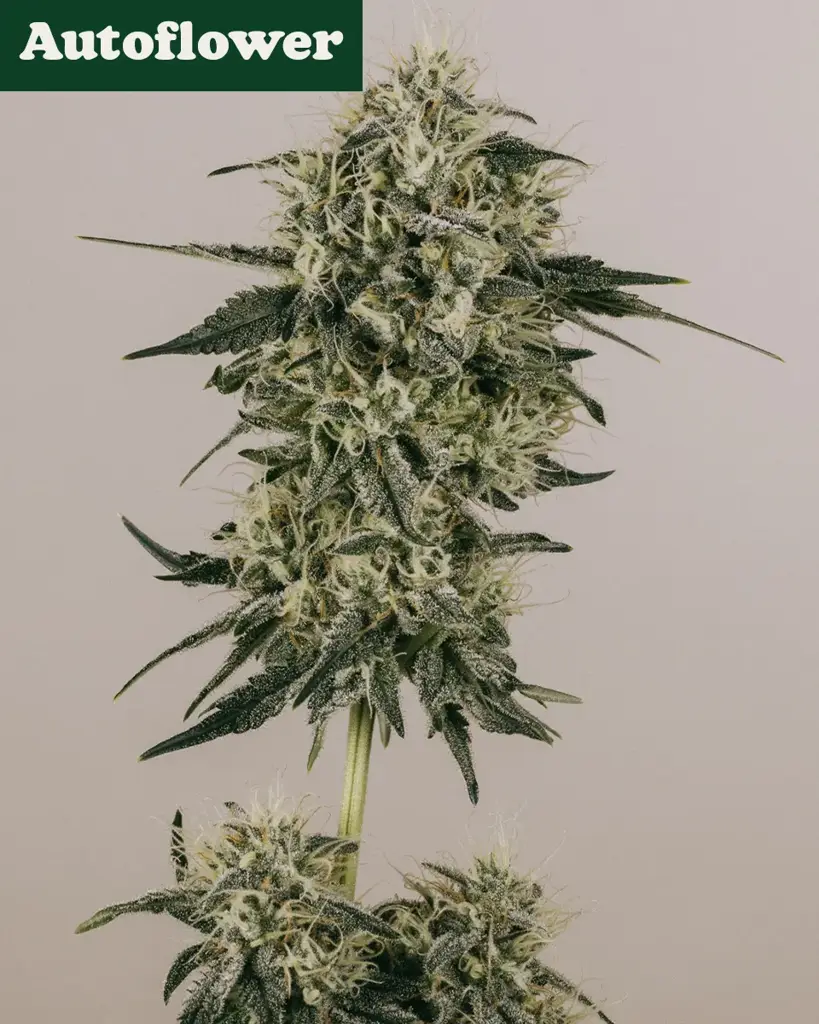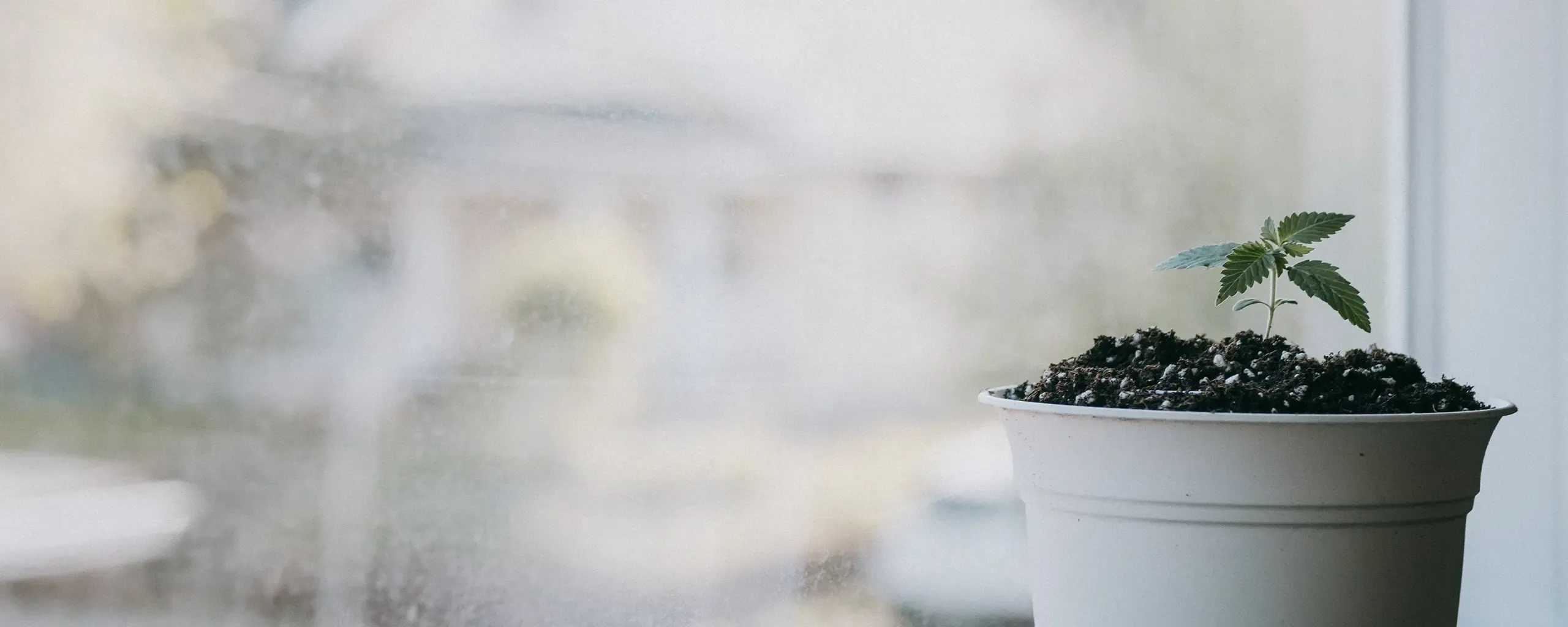
Medical Marijuana Seeds
Grow Relief from the Ground Up
Medical marijuana seeds let you grow plants tailored to natural relief. Whether you’re managing chronic pain, stress, or sleep issues, the right balance of cannabinoids and terpenes can potentially make all the difference.
At ILGM, we help home growers cultivate their own support system: safely, legally, and confidently. All our medical marijuana seeds are high-quality genetics with guaranteed germination, discreet U.S. shipping, and expert grower support through our ILGM Community Forum.
Our High-CBD Seeds Collection is a good starting point if you’re seeking gentle, balanced effects, and our How Cannabis Works Guide explains how cannabinoids and terpenes influence wellness.
What Are Medical Marijuana Seeds?
Medical marijuana seeds aren’t a unique category. They’re strains selected for therapeutic cannabinoid and terpene profiles. The relief they can provide comes from the amount of THC, CBD, and minor cannabinoids like CBG they contain, as well as other volatile compounds such as terpenes that fine-tune mood, inflammation, and relaxation effects [9, 10]. In short, the chemical compounds found in cannabis provide the following:
THC-dominant seeds: strong relief for pain, nausea, and appetite loss.
CBD-dominant seeds: gentle, clear-headed support for anxiety, seizures, or inflammation.
Balanced (1:1) seeds: an even blend of body and mind effects, often used for day-to-day relief.
Growers often choose our Feminized Seeds for consistent genetics or our Autoflower Seeds for quick, compact grows. ILGM’s stabilized genetics ensure uniform cannabinoid and terpene expression, which is essential for predictable results.
What Health Benefits Does Marijuana Provide?
Your body’s endocannabinoid system (ECS) regulates pain, mood, and inflammation. Cannabis interacts with it to restore balance [11].
THC activates CB1 receptors to ease pain and boost appetite.
CBD interacts indirectly with the endocannabinoid system and other molecular targets, which may support calming or anti-inflammatory effects.
Terpenes and other aromatic compounds in cannabis may contribute to these effects through what some researchers propose as an entourage effect [5], which we explain in more detail in our Basics of Cannabis Terpenes Guide.
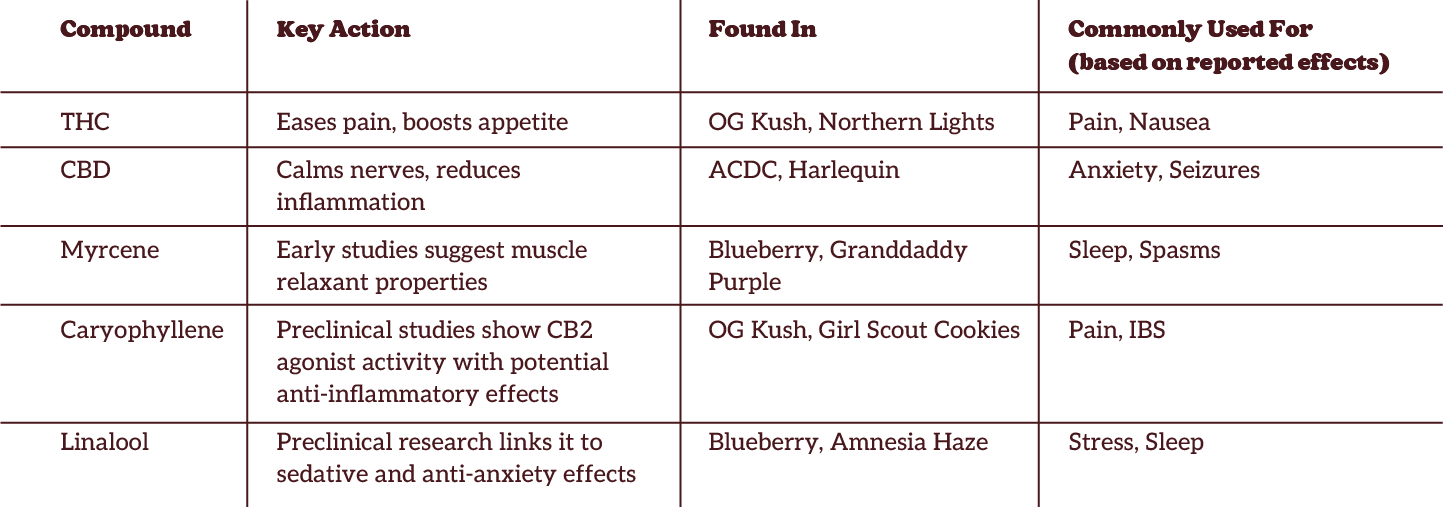
What Are the Best Marijuana Seeds for Pain and Inflammation Relief?
Chronic pain is among the best-studied uses of marijuana. THC acts on pain-processing receptors, while β-caryophyllene and CBD modulate inflammation through CB2.
Growers often rely on high-THC, caryophyllene-dominant profiles such as OG Kush. For relaxation, strains with myrcene-dominant profiles, such as Northern Lights, are preferred. CBD strains like White Widow CBD provide relief without strong sedation.
The National Academies Report [1] and subsequent research confirm substantial evidence for these profiles in managing persistent pain [6].THC activates CB1 receptors to ease pain and boost appetite.
CBD interacts indirectly with the endocannabinoid system and other molecular targets, which may support calming or anti-inflammatory effects.
Terpenes and other aromatic compounds in cannabis may contribute to these effects through what some researchers propose as an entourage effect [5], which we explain in more detail in our Basics of Cannabis Terpenes Guide.
What Are the Best Marijuana Seeds for Stress, Anxiety, and Better Sleep?
Marijuana rich in CBD, linalool, or myrcene may aid relaxation. Low-dose THC can reduce tension, while high-dose THC may have the opposite effect [12, 13].
Indica-dominant varieties such as Blueberry or Granddaddy Purple are often associated with soothing, sedative effects thanks to their terpene balance; you can discover more relaxing options in our Indica Seeds Collection. For a CBD option, try Critical Mass CBD, offering clarity without intoxication.
Preliminary evidence suggests CBD benefits anxiety and PTSD [3], while low-THC, myrcene-rich strains may support better sleep quality [7].
What Are the Best Marijuana Seeds for Nausea, Appetite, and Chemotherapy Side Effects?
THC’s anti-nausea and appetite-stimulating effects are well documented. Limonene-rich sativas like Super Lemon Haze or hybrids like Amnesia Haze are often chosen for their uplifting, stimulating profiles. A strain of choice in its CBD version, like OG Kush CBD, offers support without intoxication.
The National Academies [1] found conclusive evidence that cannabinoids relieve chemotherapy-induced nausea and vomiting. Want to know more? Discuss Cannabis for Nausea on our ILGM Community Forum.
What Are the Best CBD Seeds for Neurological Support (Epilepsy, MS, Alzheimer’s)
CBD has strong clinical evidence in epilepsy, moderate evidence in multiple sclerosis (MS) relief when combined with THC, and early preclinical signals in Alzheimer’s research. Clinical studies on CBD oil and seizures demonstrate roughly 40% seizure reduction [2]. Our community members actively discuss Epilepsy Treatment with Cannabis on our ILGM Community Forum.
Growers seeking neuro-calming effects often choose Critical Mass CBD for MS-related spasms, or Cannatonic for high-CBD, low-THC clarity, used in seizure management. Balanced 1:1 options like Harlequin deliver smooth symptom control because of their calming effect without heavy sedation.
Clinical research [15] supports that a 1:1 THC:CBD ratio may help reduce MS spasticity, while early preclinical data [16, 8] explore possible effects in Alzheimer’s disease. Browse our high-CBD seeds collection for strains designed around these ratios.
How to Choose the Right Medical Marijuana Seeds for You
Each grower’s needs differ. Start with your desired effect profile and comfort with THC.
 (based on preliminary terpene research)
(based on preliminary terpene research)
Why Buy Medical Marijuana Seeds from ILGM?
At I Love Growing Marijuana we do more than just selling seeds. We help you grow wellness. Every order includes:
100% Germination Guarantee
Discreet, Fast U.S. Shipping
Trusted Genetics for Consistency
Free Grow Support & Our Community Forum
Our catalogue ranges from soothing High CBD seeds to potent High THC seeds, all bred for stability, reliability, and yield.
References
National Academies of Sciences, Engineering, and Medicine. The Health Effects of Cannabis and Cannabinoids. Washington, DC: The National Academies Press, 2017.
Devinsky, O., et al. “Trial of Cannabidiol for Dravet Syndrome.” New England Journal of Medicine 376, no. 21 (2017): 2011–2020.
Blessing, E.M., et al. “Cannabidiol as a Potential Treatment for Anxiety Disorders.” Neurotherapeutics 12, no. 4 (2015): 825–836.
Meiri, E., et al. “Antiemetic Efficacy of Nabilone and Dronabinol in Cancer Chemotherapy.” Journal of Clinical Oncology 25, no. 22 (2007): 3384–3391.
Russo, E.B. “Taming THC: Potential Cannabis Synergy and Phytocannabinoid-Terpenoid Interactions.” British Journal of Pharmacology 163, no. 7 (2011): 1344–1364.
Friedman, D., et al. “Opioid-Sparing Effects of Cannabinoids.” Pain Medicine 21, no. 3 (2020): 698–707.
Babson, K.A., et al. “Cannabis, Cannabinoids, and Sleep: A Review of the Literature.” Current Psychiatry Reports 19, no. 4 (2017): 23.
Hamelink, C., et al. “Neuroprotective Effects of Cannabidiol.” Journal of Neurochemistry 95, no. 1 (2005): 37–45.
Hazekamp, A., & Fischedick, J.T. “Cannabis — from Cultivar to Chemovar.” Cannabis and Cannabinoid Research 1, no. 1 (2015): 44–54.
Small, E., & Marcus, D. “Feminized Cannabis Seeds: Production and Application.” Frontiers in Plant Science 11 (2020): 718.
Pertwee, R.G. “The Pharmacology of the Endocannabinoid System.” In Handbook of Cannabis, edited by R.G. Pertwee. Oxford University Press, 2015.
Linck, V.M., et al. “Inhaled Linalool-Induced Sedation in Mice.” Phytomedicine 17, no. 8–9 (2010): 679–683.
Rao, V.S., et al. “Myrcene as a Therapeutic Agent.” Fitoterapia 134 (2019): 143–151.
Tramer, M.R., et al. “Cannabinoids for Control of Chemotherapy-Induced Nausea and Vomiting: Quantitative Systematic Review.” BMJ 323, no. 7303 (2001): 16–21.
Collin, C., et al. “A Double-Blind, Randomized, Placebo-Controlled, Parallel-Group Study of Sativex for Spasticity in Multiple Sclerosis.” European Journal of Neurology 14, no. 3 (2007): 290–296.
Cao, C., et al. “The Potential Therapeutic Effects of THC on Alzheimer’s Disease.” Journal of Alzheimer’s Disease 42, no. 3 (2014): 973–984.
Compliance Note
Cannabis seeds are sold as souvenirs and adult novelty items. Germination of cannabis seeds remains illegal in many places. See DEA 2022 seed guidance.
Last Updated: October 2025


